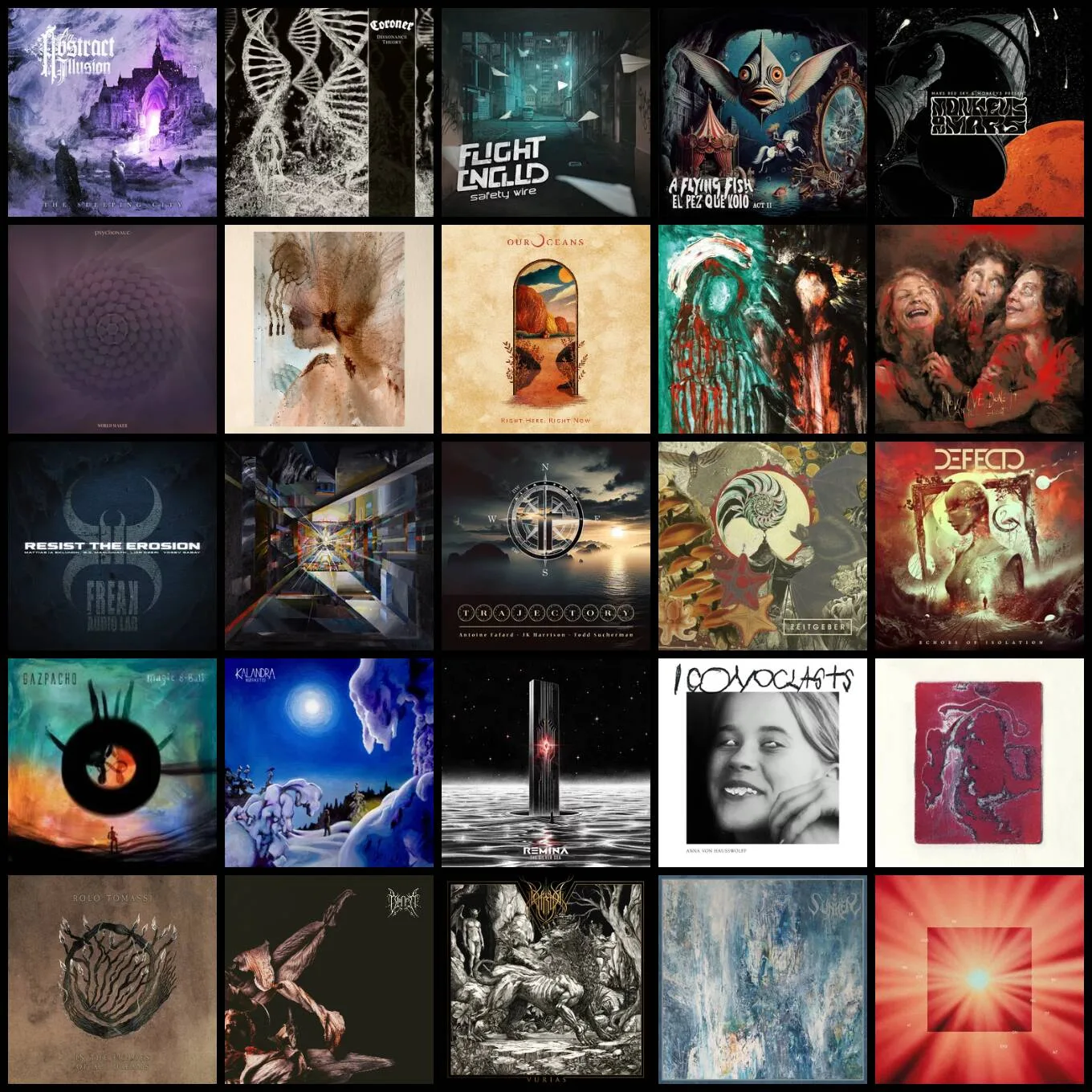
the_maximalist (Art Against Agony) about “The Forgotten Story”, tour plans and that certain “twang”
In the wake of their newest release, an EP entitled “The Forgotten Story”, I had the opportunity to talk with the newest member of german based ‘international art collective’ Art Against Agony.
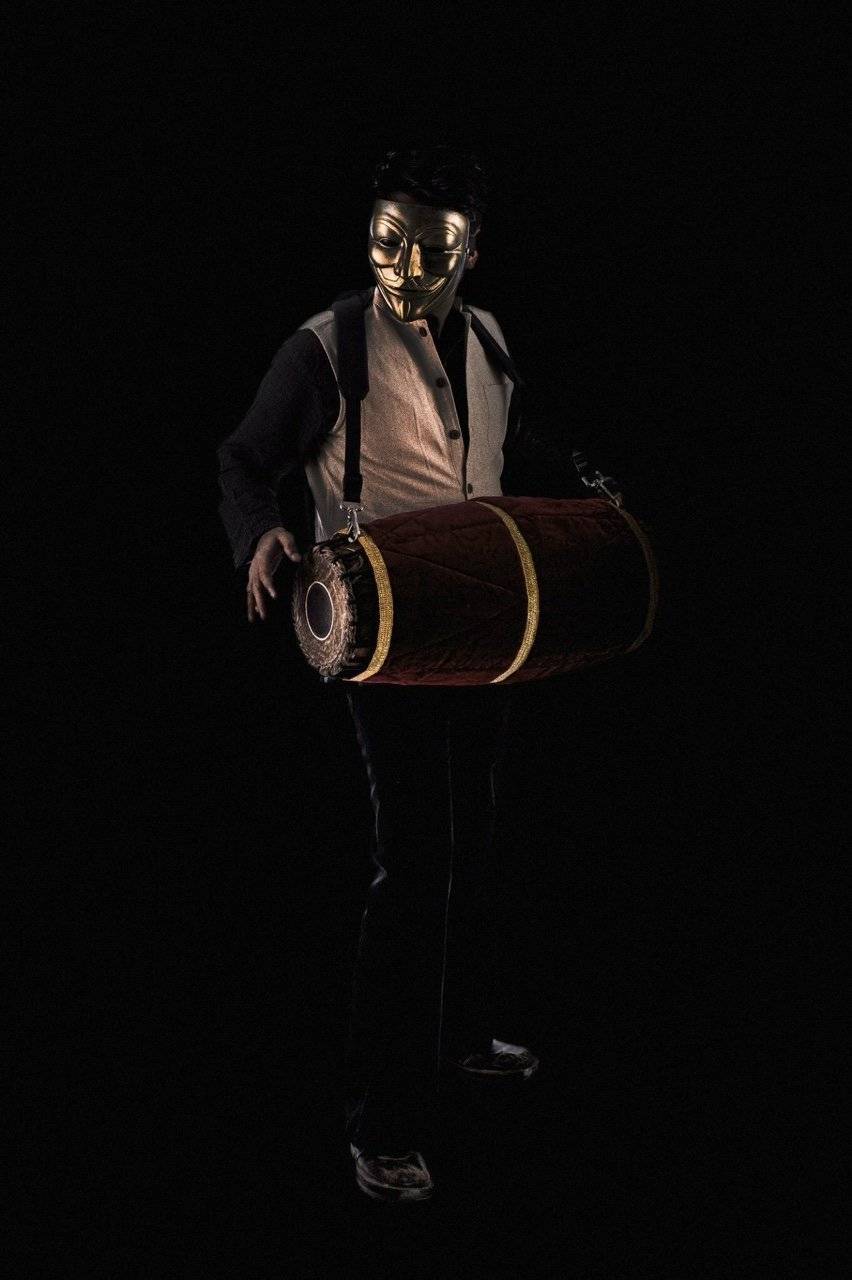
the_maximalist
Good afternoon, please introduce yourself and your position in the band.
My character in Art Against Agony is called the_maximalist, it’s actually a real word, it’s not something made up. There is something called maximalism, which is the exact opposite of minimalism. Maximalism is actually a musical term. It is a term for more or less what is done in jazz and prog. To maximize what can be done within a given timeframe or within a given set of, let’s say, chord progressions and so on. The_maximalist will be playing the Mridangam (An indian percussion instrument). Nowhere in the course of Art Against Agony will you hear my real name, it will always be the_maximalist. So my identity remains hidden. People can obviously guess what it is, but the identity is not proclaimed as such, which is part of the philosophy of Art Against Agony anyway. That is one of the reasons why we play with masks. It is actually the second reason that people wear masks in Art Against Agony. The first reason is that our faces are really ugly and it looks much better when we have a mask on. That is the first reason and the second reason is the aspect of separating the identity of the musician from the music itself. To allow the audience, when it’s a live experience, to experience the music regardless of the biases they might have towards the person who is actually playing the music. When you see a person you can not free yourself of his first impression. His skin color, his origin, potentially his religion, his specific attitude. The masks help abstract away those aspects and to let the audience experience the music as much as they can. Who is playing is not the point, what is being played is the point.
On your website, it says Art Against Agony is both a band and an international artist collective. What does that mean more precisely?
Sure. Art Against Agony in all is a forum for artistic representation, artistic expression. Music happens to be the center stage and the largest aspect of this project as a whole, but there are other aspects as well. We have a photographer, we have people doing various forms of art within the project and it’s spread a little across Europe. International is probably an extreme word for it, but we use that for the lack of a better word. We have an Italian, we have people from Russia, Germans of course and now we have an Indian. The origins of the contributors to the project as a whole are fairly international. I am the only Asian in the group, and like I said, there are art aspects other than music also, but music is the major aspect. The one who started it is the_sorcerer, who plays lead guitar on Art Against Agony – the music project. He is the founder, he is the heart, brain and soul of the project. He is a star, who takes his music very seriously.
Your new EP is entitled “The Forgotten Story”! This sounds like there is a connection to the first album “Three Short Stories”.
“Three Short Stories” came out quite a few years ago and AAA get to play a number of gigs a year, they toured Russia extensively and there are plans to do it again this year, perhaps late summer this year. Nothing is finalized, but it is on the horizon. Because these songs got played so many times, because it’s prog and all of these musicians have a very good sense of improvisational music, they play it differently and it has changed over time. Quite drastically even. Especially some sections within some of the songs. So those songs that were the most malleable over time, which have grown the most as they played live over time across towns, those have been selected and they were recorded in the way they are now being played. That is the basis of the CD called “The Forgotten Story”. You were right, it is from the “Three Short Stories” album, that has some beautiful songs, in fact that’s the album that made me fall in love with the band in the first place. This EP goes a long way to show how the band has actually changed over time the last three and a half years, how their musical thinking has developed. It is a very good album for somebody to listen to who has already discovered the “Three Short Stories” album, or to discover both of them together and see the contrast.
That leads us to the music itself. How would you describe the music of Art Against Agony to a listener who has never heard something from Art Against Agony before?
When I first heard Art Against Agony, well compared to lots of people I met in the prog scene, I’m extremely junior to the prog scene in Germany, or in general, I’ve been involved not very long with the prog scene, maybe ten years, whereas people like you have been like up to 20 years in the prog scene. That therefore implies that I haven’t heard as much prog as you/them. Nevertheless when I first heard Art Against Agony, the first thing that came to my mind was: this is Animals As Leaders’ younger brother. That was the first thought that struck me. That was a kind of circus that we do, that we are used to as we are listening to Animals As Leaders who are so technical as well. It is not necessarily an influence for Art Against Agony, but the style ended up being more or less similar. But it is not just that. It is definitely a lot of Animals As Leaders and perhaps Meshuggah in the way the djent is incorporated for example, but it goes a little beyond that as well. There are a lot of jazzy tracks to be discovered, to be enjoyed, ok proggy jazz. There are some techno songs, again with a prog bias. There are some ‘ballad-y’ kind of songs, although there are no lyrics at all, it’s purely an instrumental band, but songs that could fit well with a ballad context. But again made proggy. So there is a large variety. There is a chance that you’ll find something in Art Against Agony that appeals to you and you will find that repeated across some songs. So Art Against Agony for a new beginner is a lot djent, very proggy jazz, very proggy anything, so they take their roots from anything and they make it very proggy. But the primary influences are definitely metal and jazz.
Ok, so since you are not yet playing on the “Forgotten Story” EP, I guess at one point there is going to be a new album where we can finally hear you with Art Against Agony!?
That is probably going to be at some time in 2018. the_sorcerer started already the writing process, brought some bits and pieces here and there and we had lots of ideas. the_sorcerer and I, we spend a lot of time in the studio just exchanging ideas, seeing how to fit the Mridangam into this kind of djent. I mean, Mridangam in prog is itself fairly radical. It is frowned upon by a few people that I know, but Mridangam in djent is far trickier. Especially given the fact that the_malkavian, the guy who does the drumming for Art Against Agony is brilliant and he covers a lot of patterns already with his drumming. To be able to find a layer on top of that or a layer below that, that the Mridangam can contribute to the djent is a fair challenge.
What about in between?
Or in between. Either to accentuate or to reinforce or to give a different perspective to the rhythm section. It’s a fair bit of challenge, not only because of the rhythmic nature of what the drummer is already playing, but also because of the frequencies that the Mridangam offers. There is a certain ‘twang’ to the right side of the Mridangam, which is something djent rhythm is not used to. Figuring out where exactly and how to use that is a time consuming process. Not only for the band as a whole, they couldn’t know exactly how to use this new sound which was not used before. They don’t even have a reference of metal or progressive metal that uses the Mridangam. So for them it’s technically a challenge and for me also, because playing in prog, playing with djent has made me change a lot of things in my technique. I have had to adapt the way I use certain strokes in order to create the right frequencies. I won’t go so far as to say I created a new stroke, but I have combined three existing standard strokes on the Mridangam to produce a different sound. The stroke that I play is, by classical Mridangam standard, it’s a wrong stroke, because that stroke does not exist, but I play it because it gives me a sound that I can use. So I’ve had to make some adaptations myself on how the instrument is to be treated. Also I don’t sit and play. It’s supposed to be an instrument that you sit down on the floor and rest it on your legs, but I don’t do that. I want to headbang when I play the Mridangam, so I use a marching drum harness and I stand. It has also caused me to alter the position of my hand on the right side of the Mridangam, it’s very different when I’m standing, compared to when I’m sitting. It also tends to sway a bit left and right when I’m standing and moving and headbanging. So having to adapt my hand positions and the muscles… 30 years of playing the Mridangam the muscles are used to a certain way of holding my hand when playing the Mridangam. But now those angles are all different. The stresses are different. The intensity and force with which I have to hit the left side of the Mridangam is very different from how it is done in classical indian music. So for me physically also there is a fair bit of adaptation that I have to do. Which I continue to learn as I keep playing.
All that talk about ‘that certain twang’ made me think of another band called Mute the Saint, they have a very different classical indian instrument, the Sitar, incorporated in their djent sound. Now as far as I remember the Sitar also has a certain twang to it. Have you heard of them?
I like them, I like them very much and in fact there are many bands coming up in India which are incorporating indian classical instruments into metal, if not prog. It sounds really good, they also use indian languages, there are bands which are based on the holy scriptures. Proper metal bands which derive their inspiration from scriptures and write songs based on the scriptures and the mythologies for example. They are all extremely nice, but specific to the question of the Sitar: the difference is, that the Sitar is a tonal instrument in itself, it is like a guitar. So while there is a twang, the twang is across lots of notes. So the twang is a common feature, but it features across. So the twang of the Sitar is an addition to the guitar, to the electric guitar. The twang from the Mridangam is and addition to the rhythm. So when I play the twang I have to make sure that the twang doesn’t interfere with the main rhythm. The twang of the Mridangam is one single frequency. So if my Mridangam is in D or #D, the twang is in D or #D respectively. I have to also make sure that the #D twang, or the D twang, does not come at a point when the guitar is playing an #F for example. So those are minor transitions that I’m getting used to, but the harder part of the twang is to make sure that it doesn’t interfere with the rhythm pattern that is being played on the drums. The twang in itself in the Mridangam in indian classical music context, it doesn’t stand out that much. It can be made to stand out, if anyone wanted to play it that way. But in general it is part of the phrases that we play on the Mridangam, because that is the primary percussion instrument in a south indian classical music ensemble. The question of interference because of the twang doesn’t arise, but in this context, in djent, in prog, or even in metal, it’s a slightly different game.
Going back to Art Against Agony, earlier you already mentioned the russian tour. On the other hand Art Against Agony rarely plays in Germany, even though the band is based in the Stuttgart region. How did that came about and are there plans to become more active over here?
That is a simple answer really. Simple question – simple answer. We have not been very good at marketing ourselves. We have no shame in admitting that, because the focus has been on creating music, on creating the brand of music that the group wanted to create. Near the Stuttgart area, we do get to play a fair bit, but you are fair in your observation that we are not known in Germany. We are probably better known in Russia than in Germany. Which is a bit odd, but it is true and we will do what we can to get some more gigs, to get some more material out, to reach out to more people. The people in the band, on the music side of the project, we don’t do much marketing really. We are not very big fans of extreme marketing. But your point is valid, we have to make ourselves visible to get across to more people, get more gigs, more ideas. When you are touring, you get a lot of ideas. It is definitely something we are looking at, it is something we want to do, and now I am also part of these things like getting reviews out, getting interviews out when there is something to talk about, not just for the sake of marketing. That is exactly what I mean: we wouldn’t get interviews out because of marketing, we get interviews out because we have something to say specifically. That has been our approach, we have not traditionally been a money making machine. This is not in the focus of Art Against Agony. Most of these people are young people, I am the oldest in the group. The others are six years younger than me at least. They are building their careers. You know how it is in the prog scene, it is not a money making industry. Unless you make it to Dream Theater status, but there are not many bands as big as Dream Theater in the prog scene. If you play to an audience of 500 you already are an established band. We are far, far away from reaching that breaking point. We want to focus on the music, but at the same time, to your point, we will do what we can do to spread the word a little. Without overdoing it, we don’t want to request to a 100 people: please, like our page… We are not that kind of people, we don’t do that.
And thus, these humble part-time prog musicians rely on the word of hobby music journalists like me to tell 100 people: go like their page, check out their music and buy it if you like it. And go see them live if you have the chance. I’m sure you’ll get a notice about upcoming tour dates once you like their facebook page
You can find a german translation of the interview over at our brothers from Betreutes Proggen here!
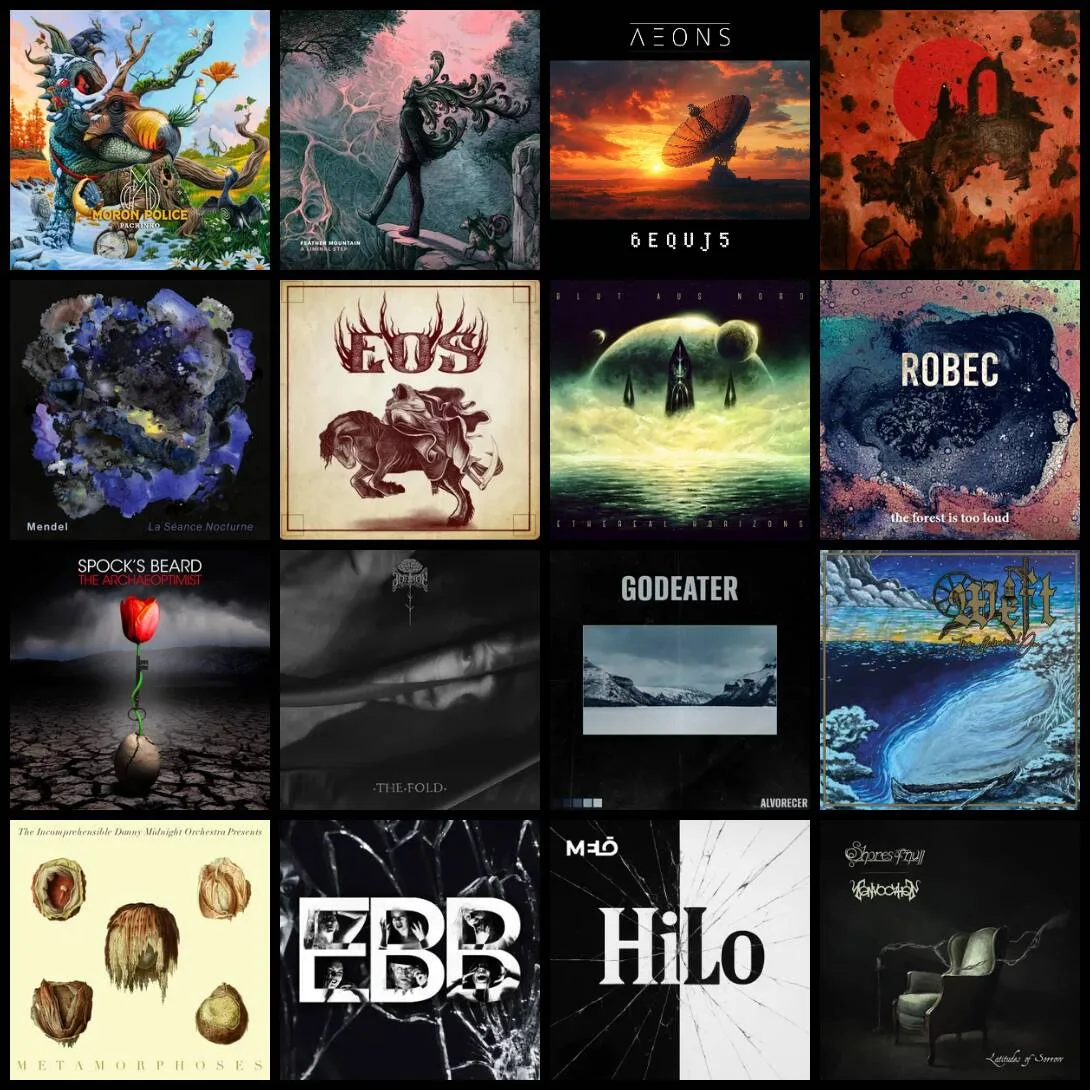
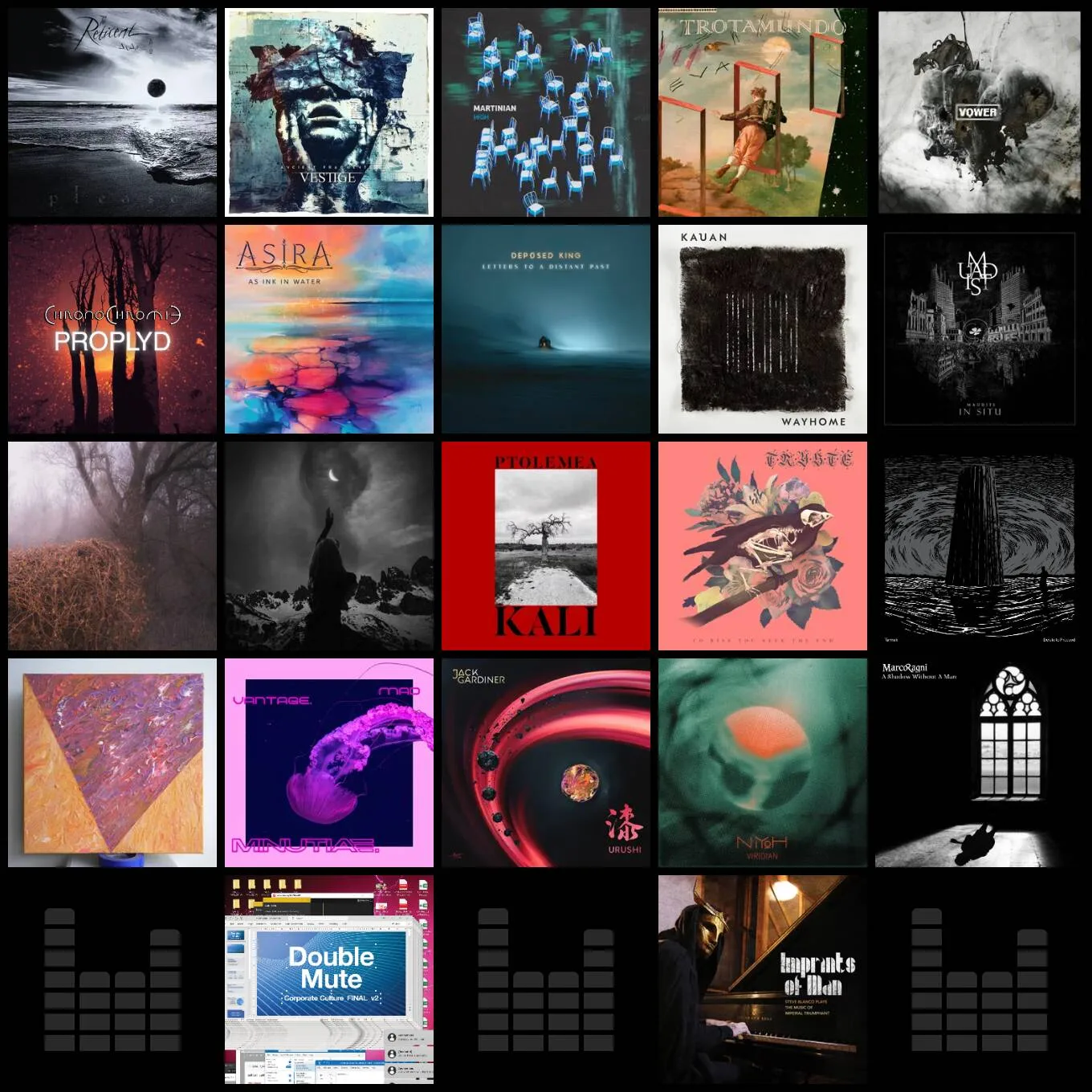
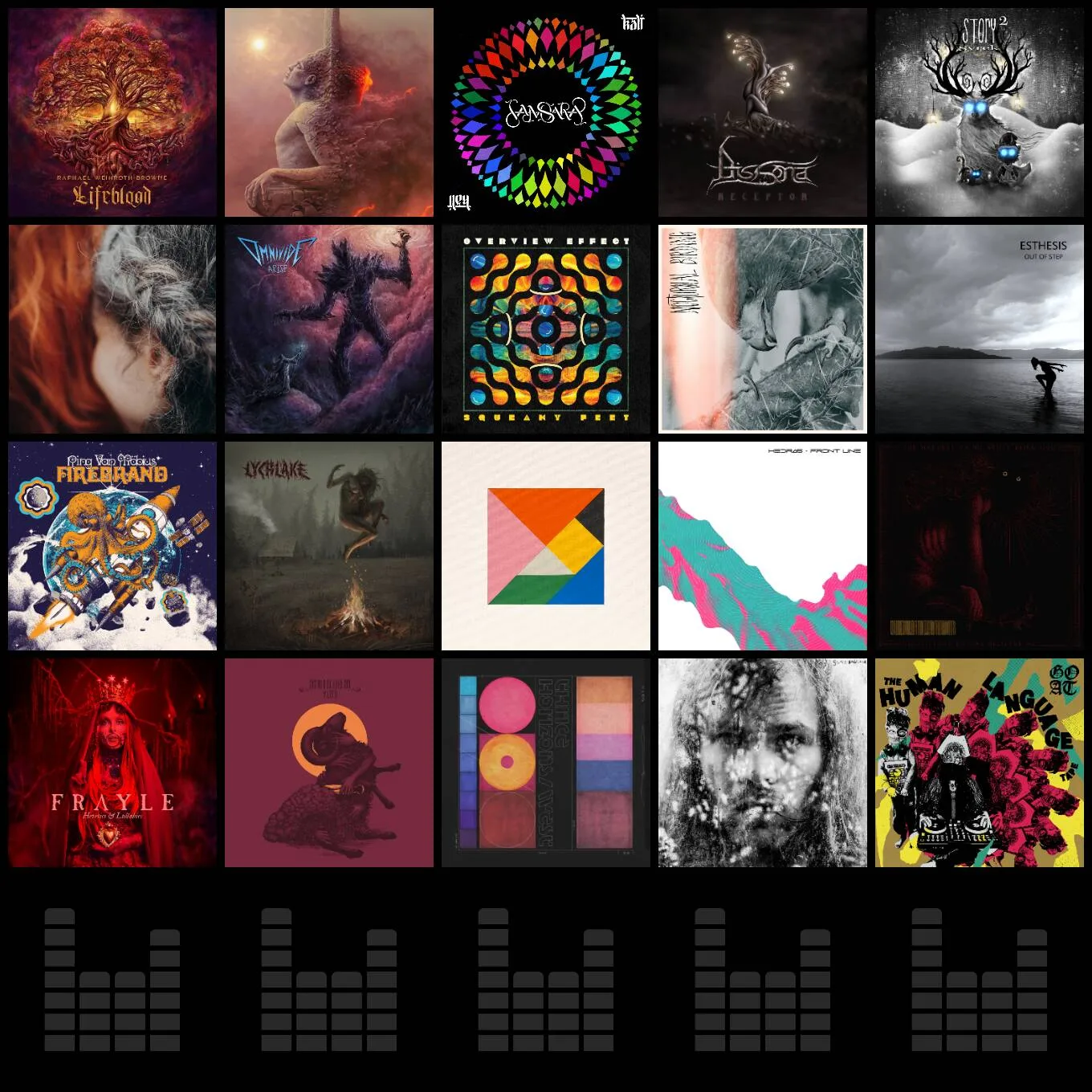
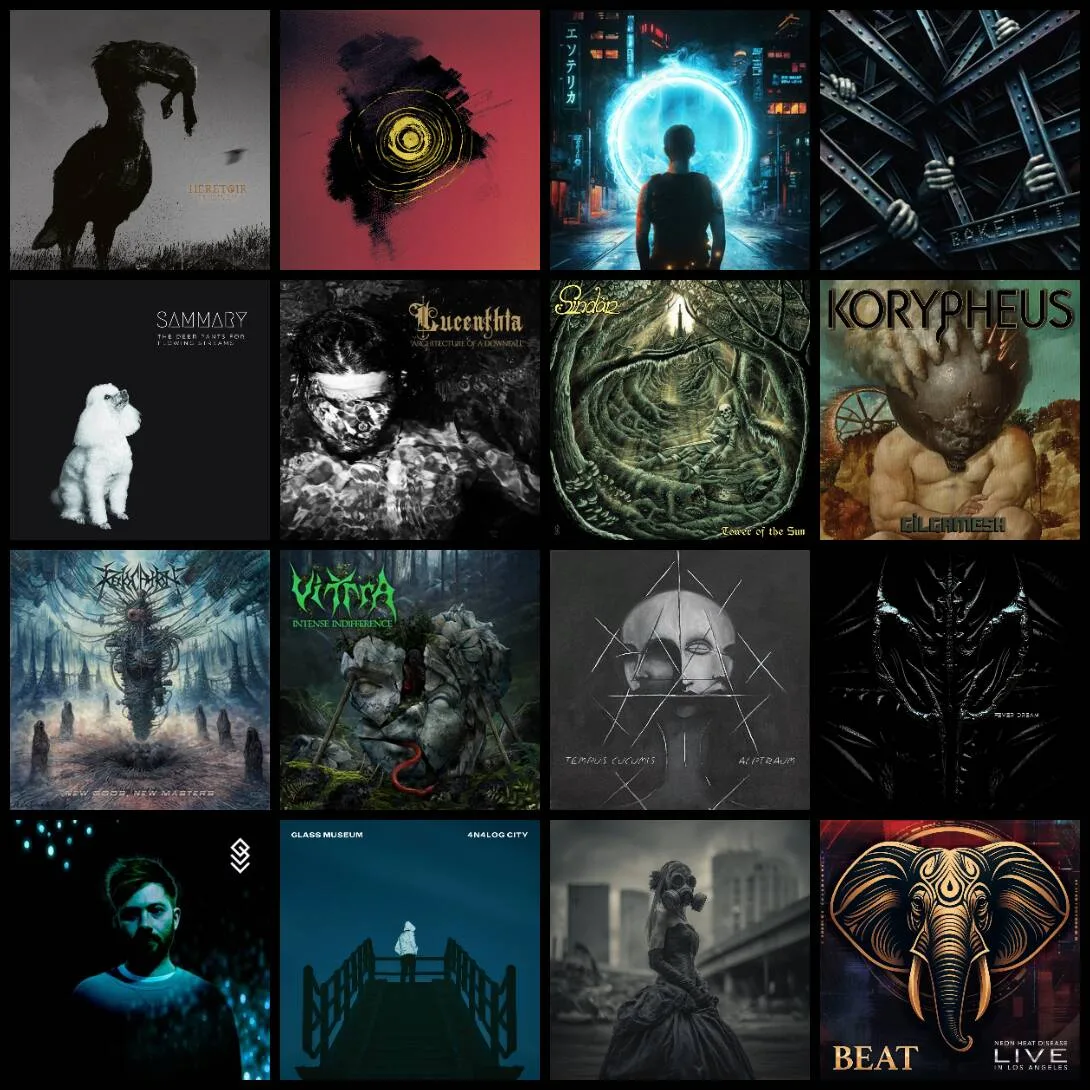
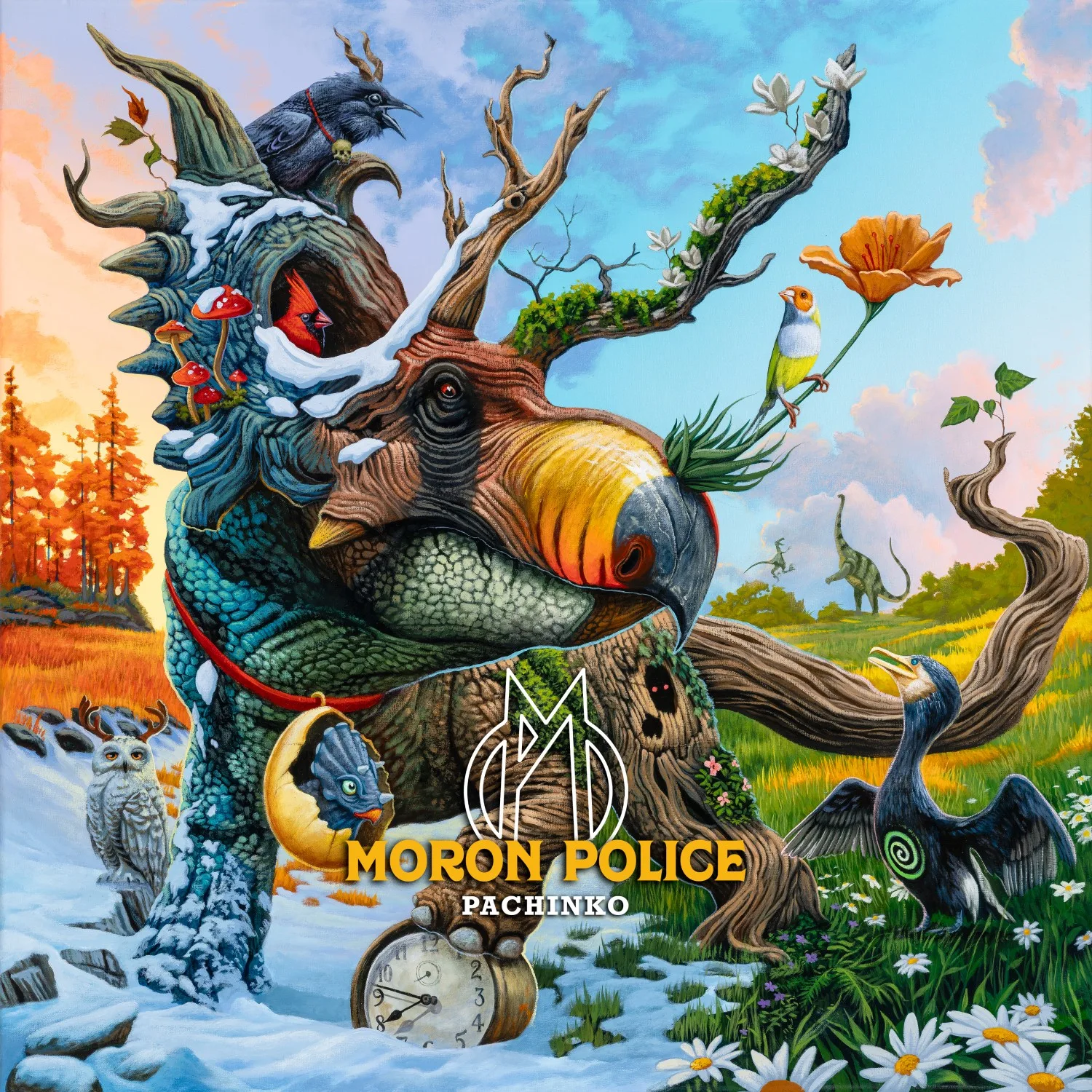
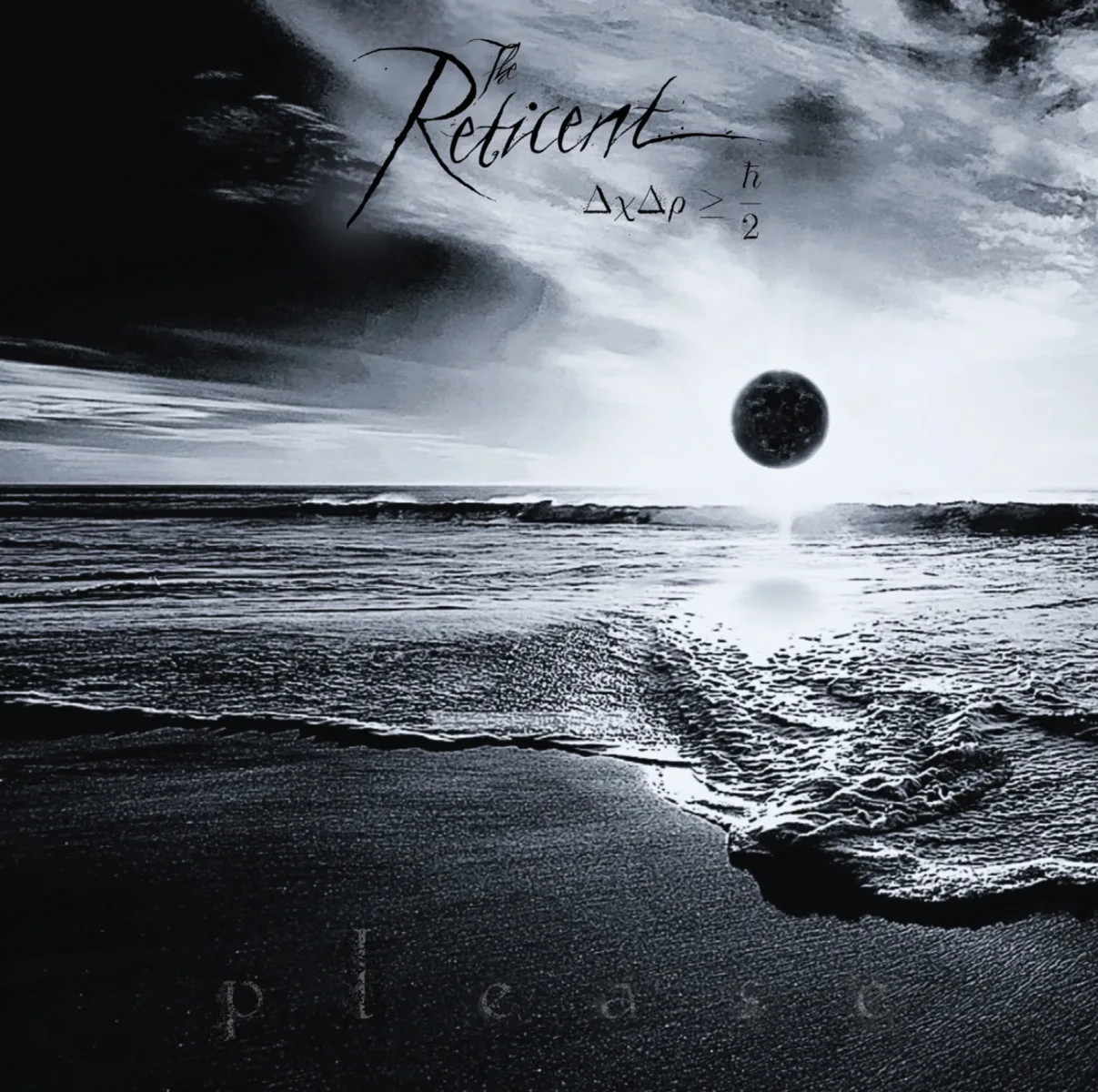
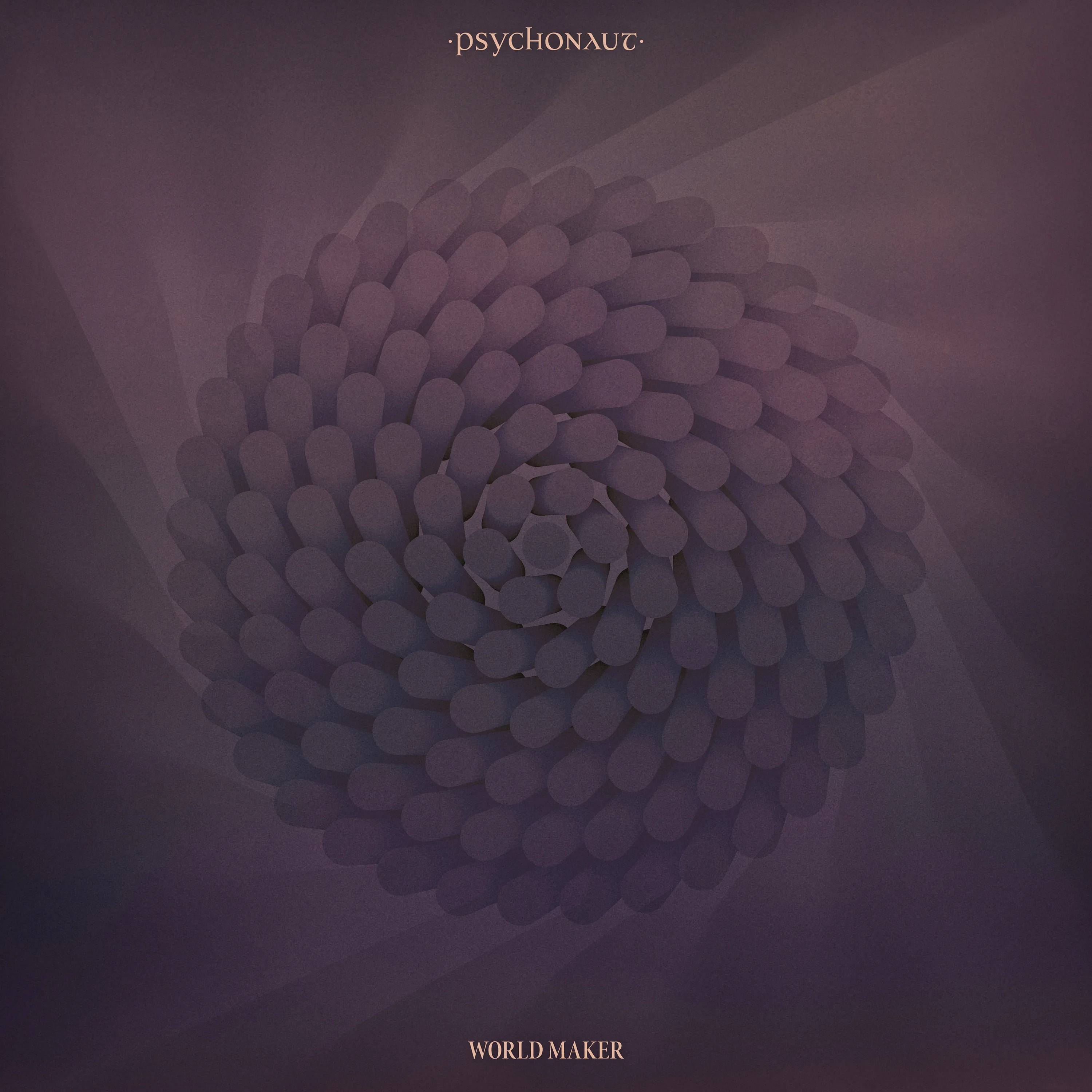
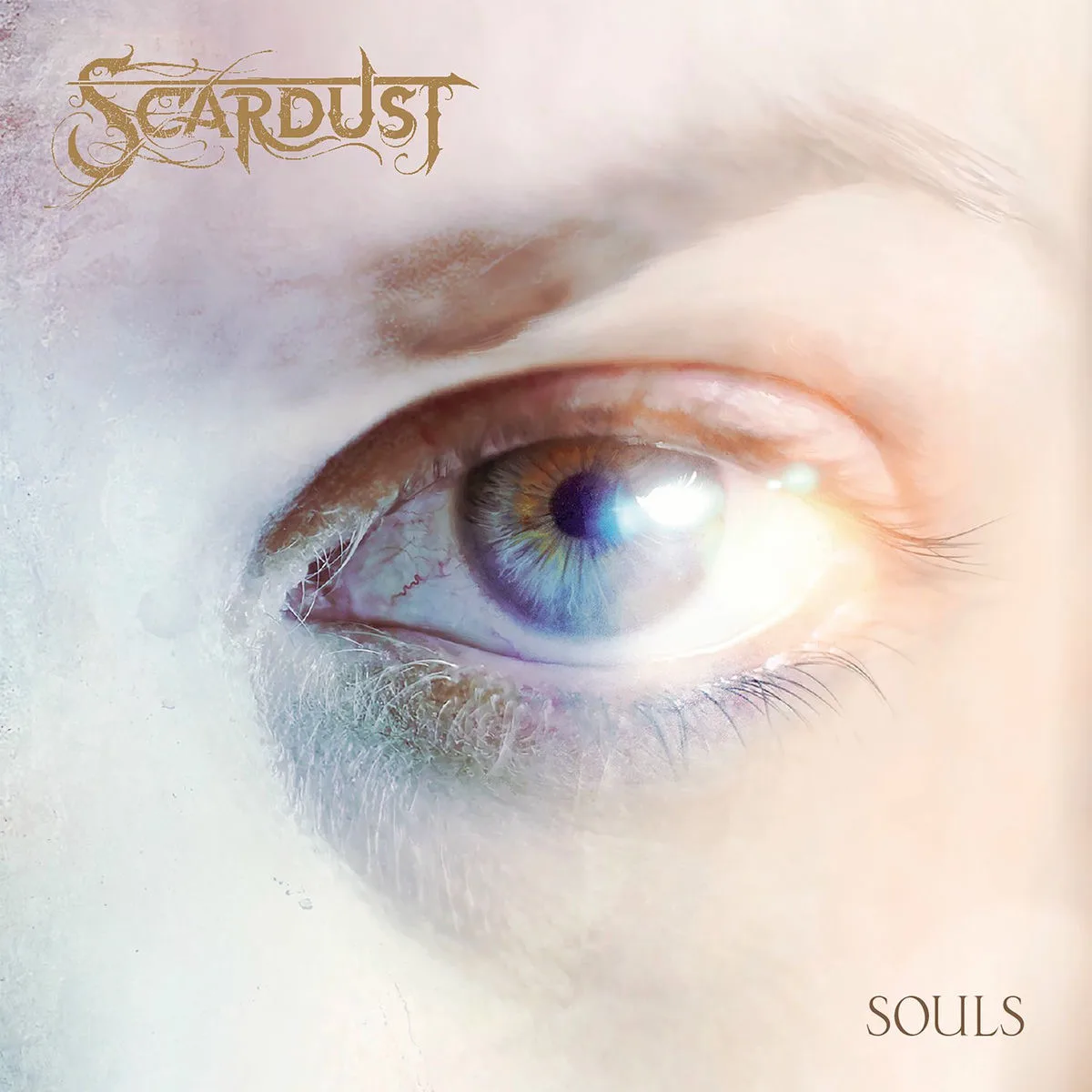
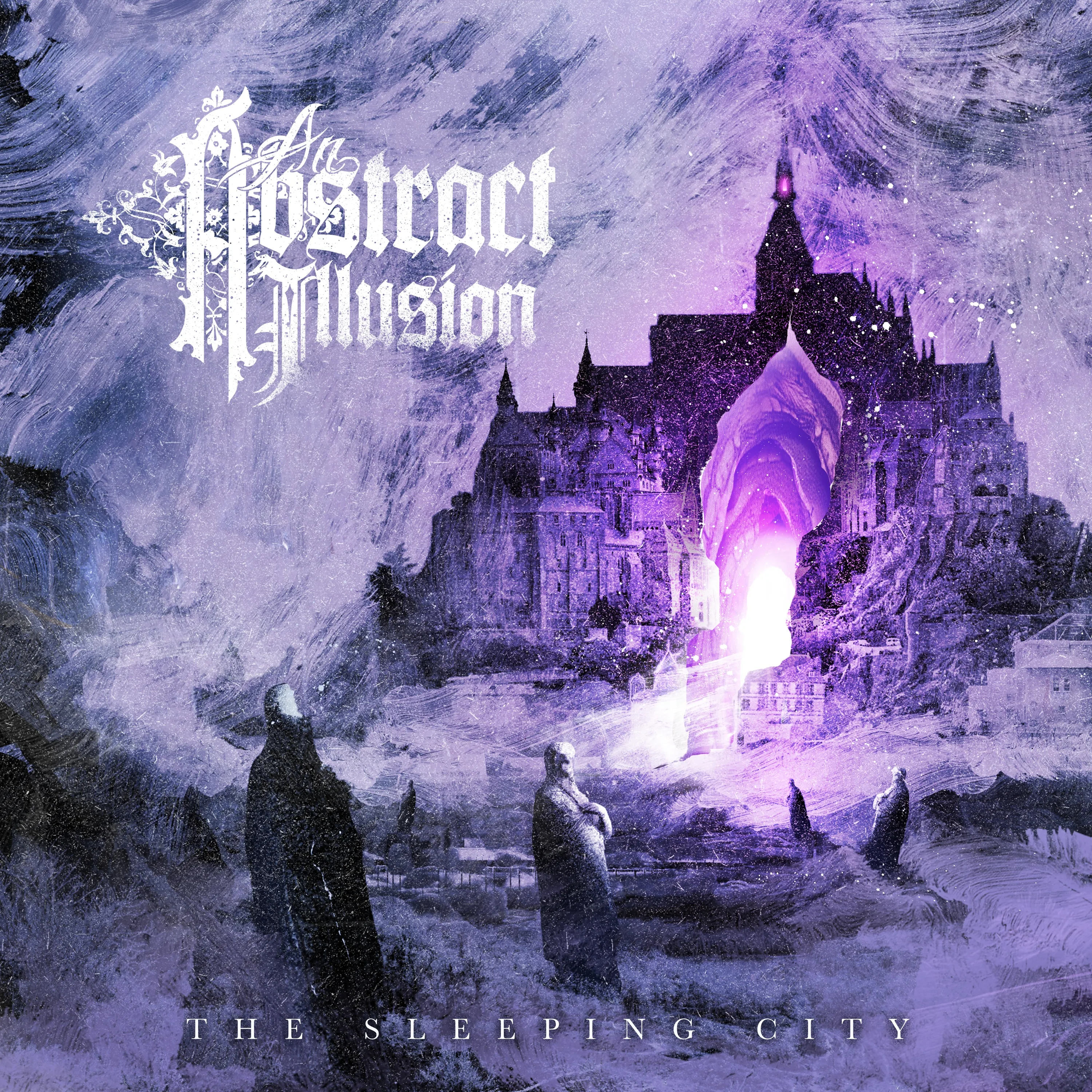
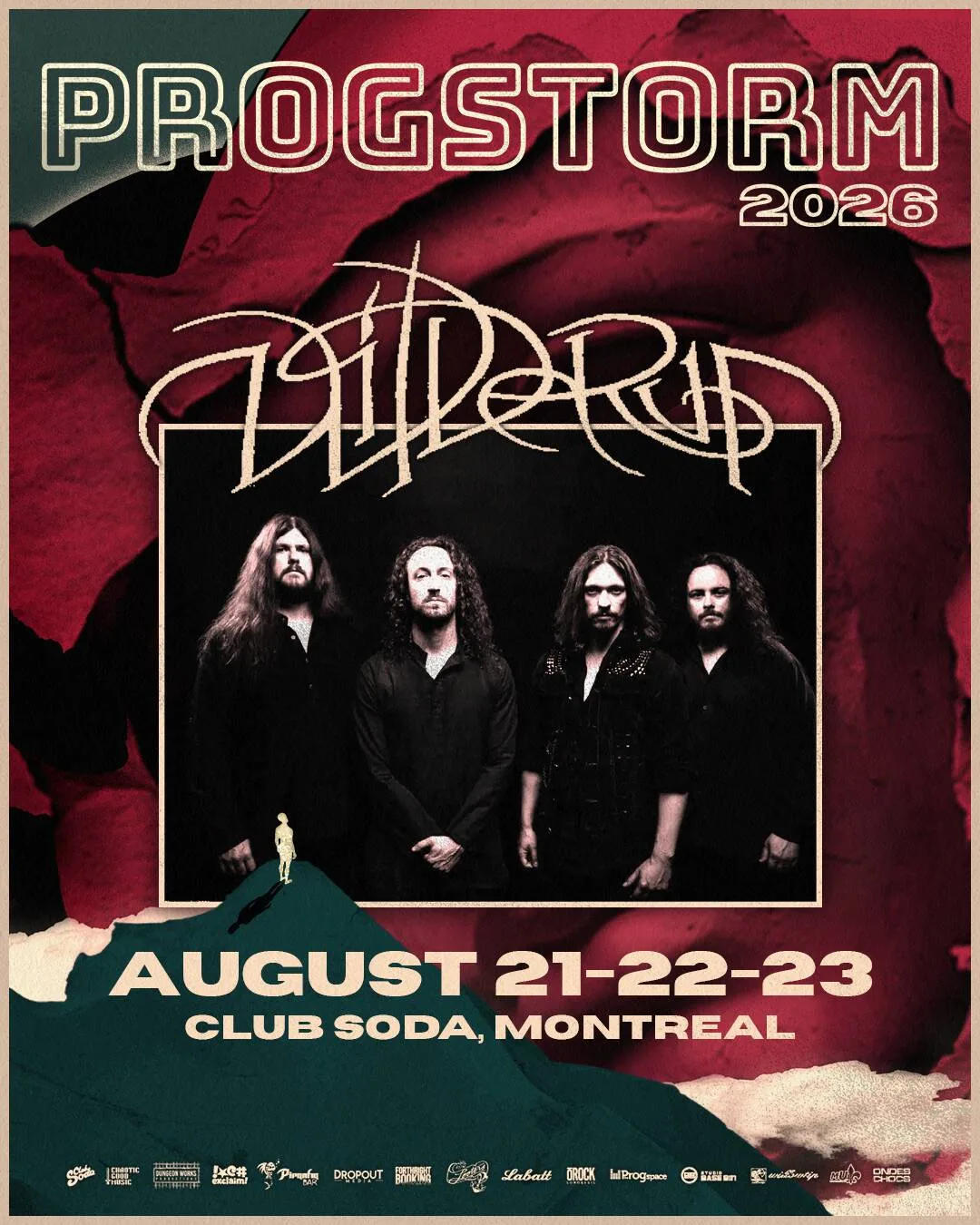
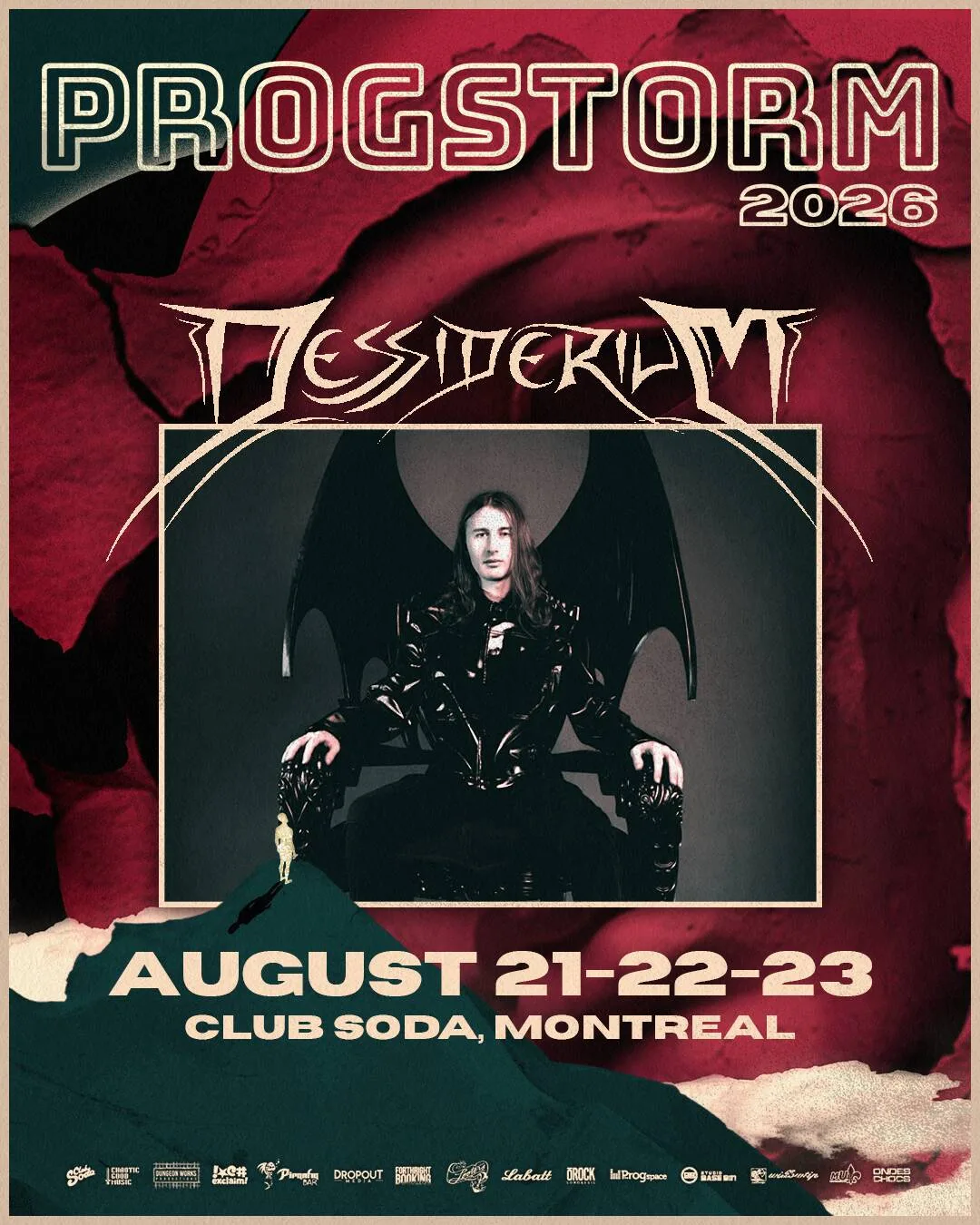
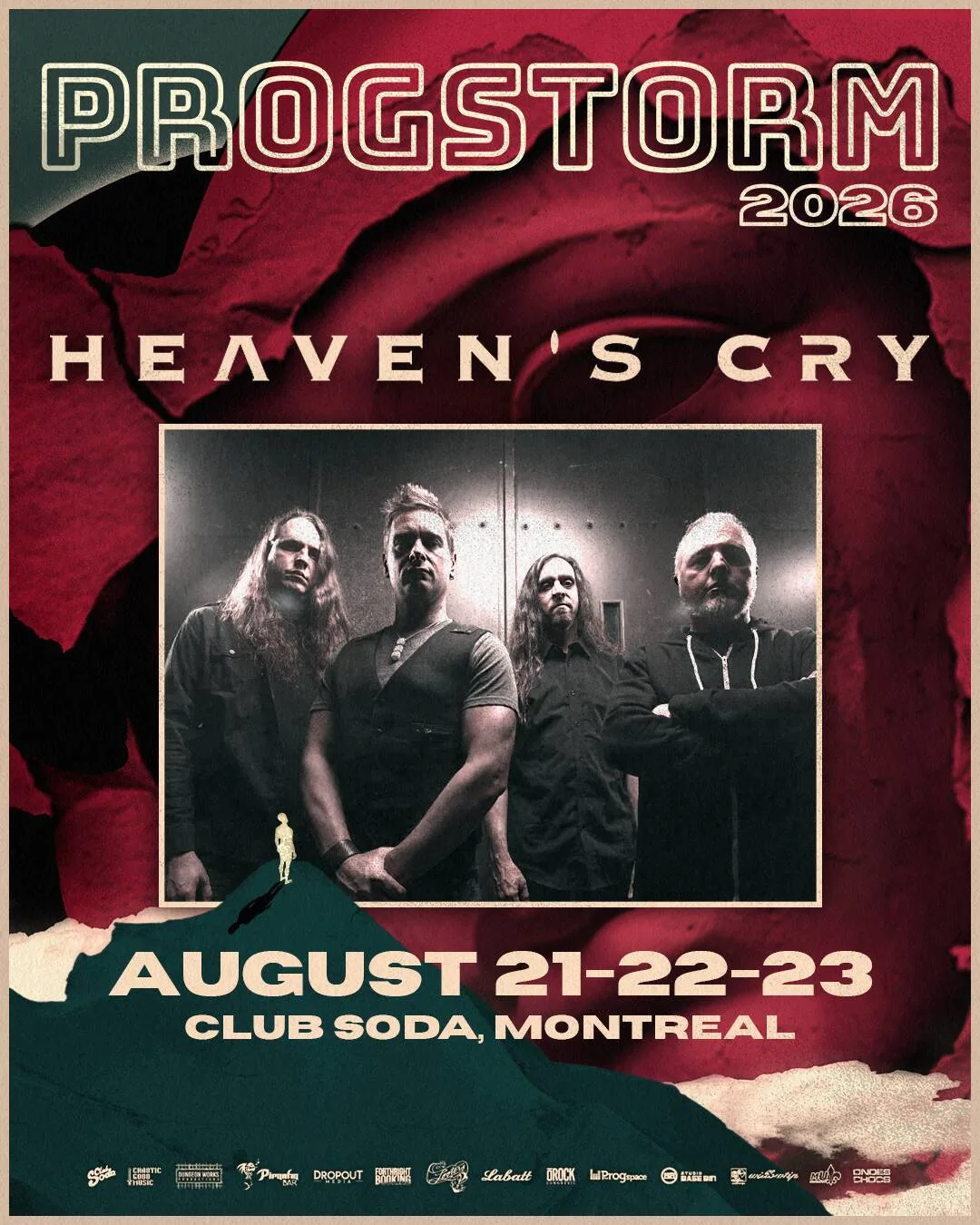
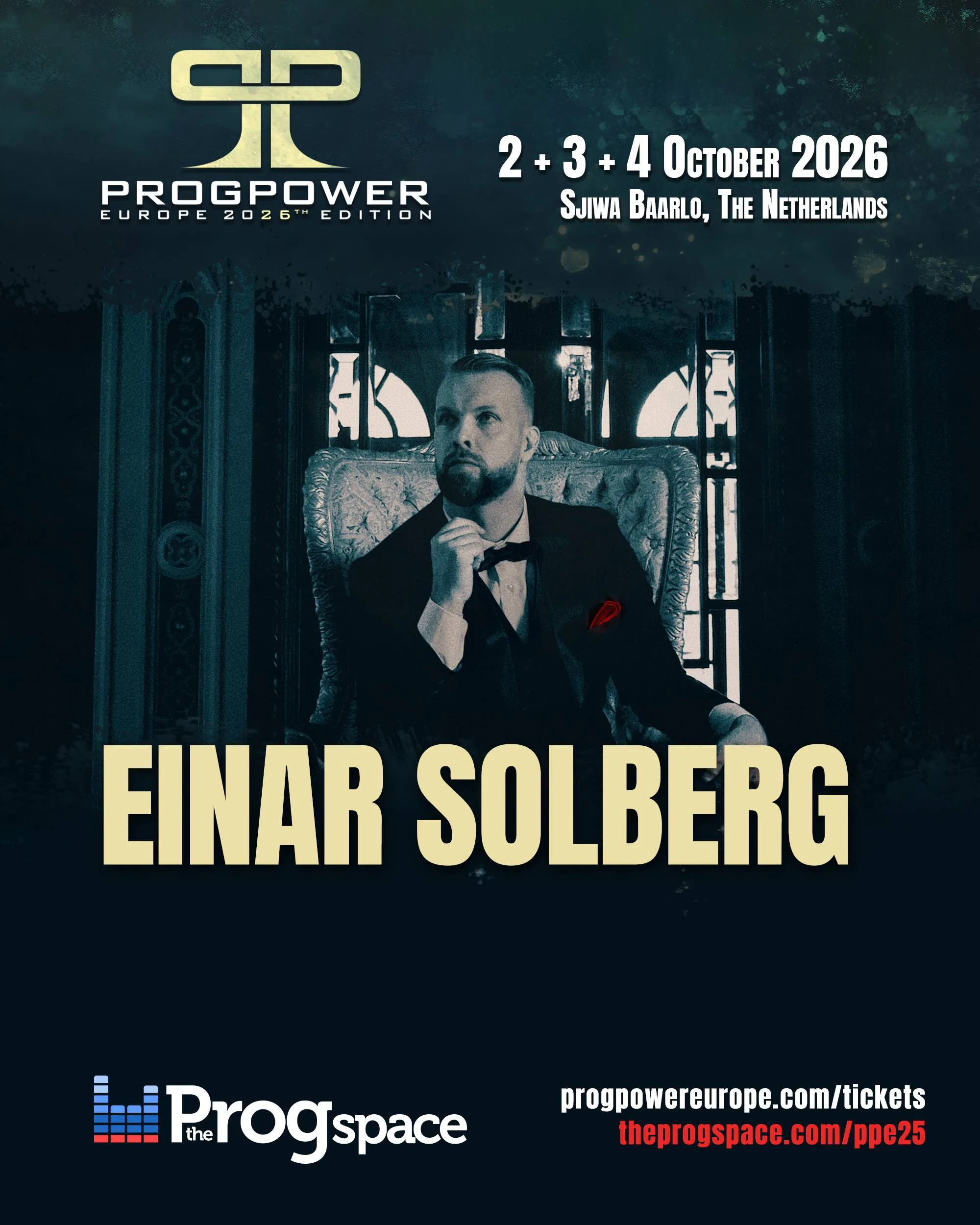
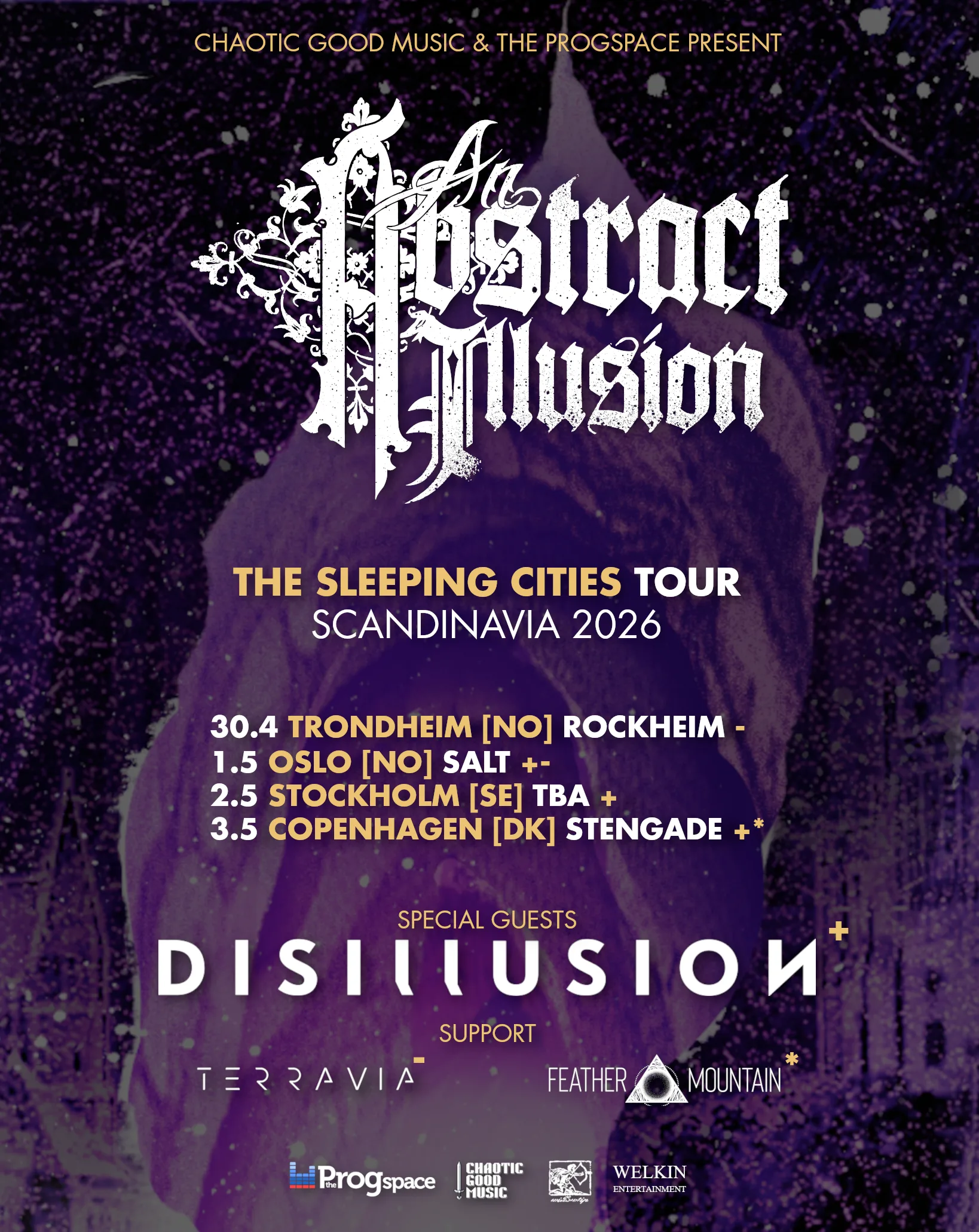
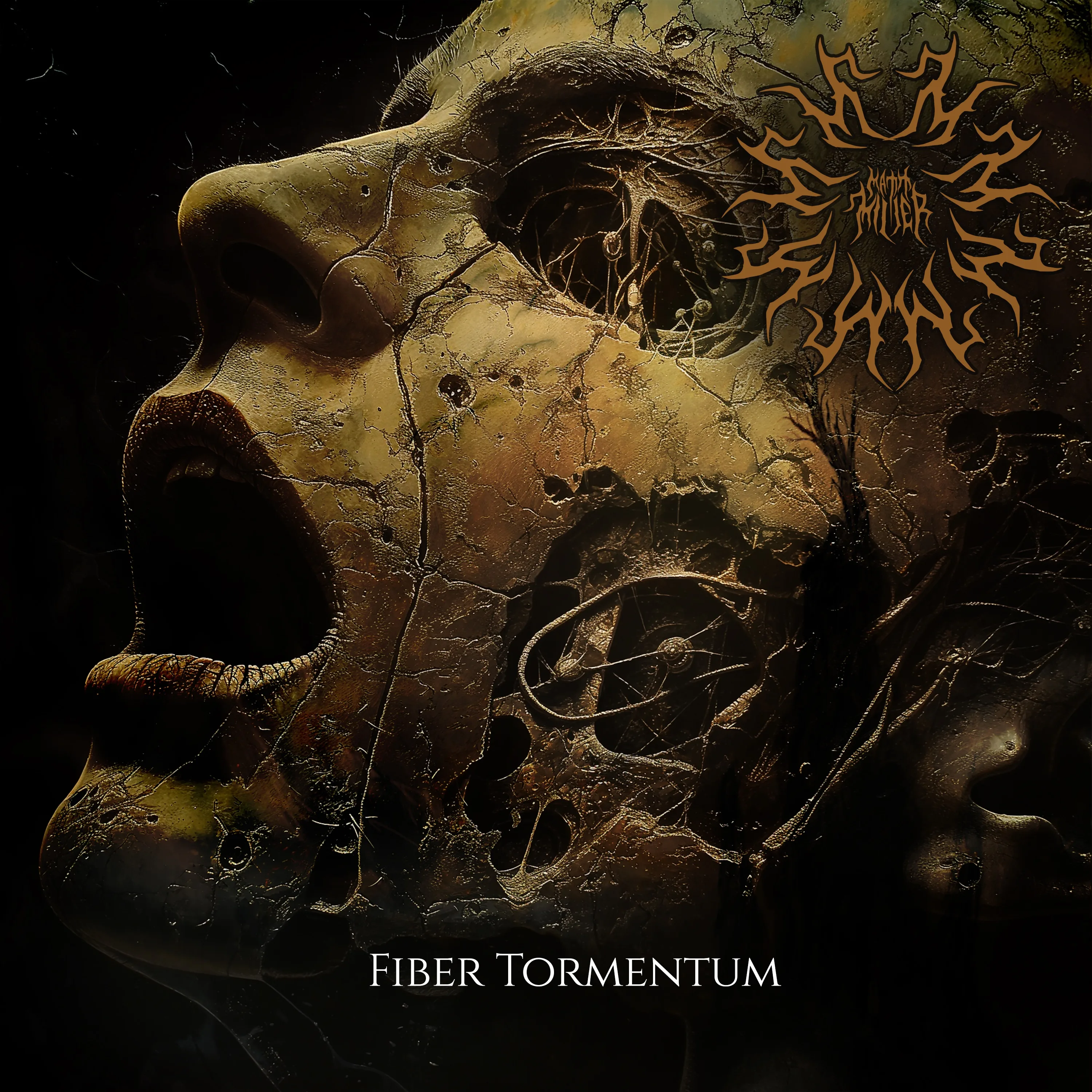
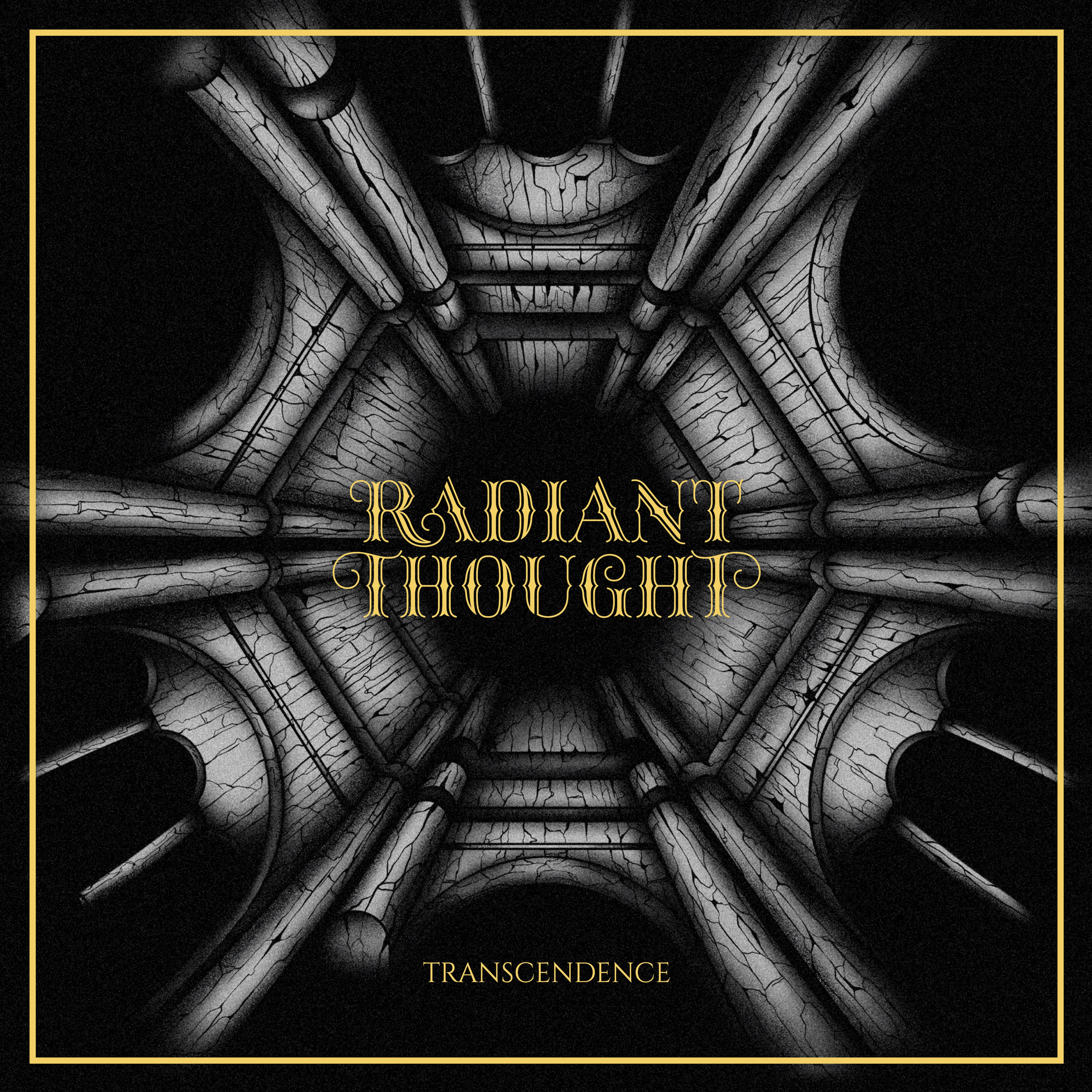
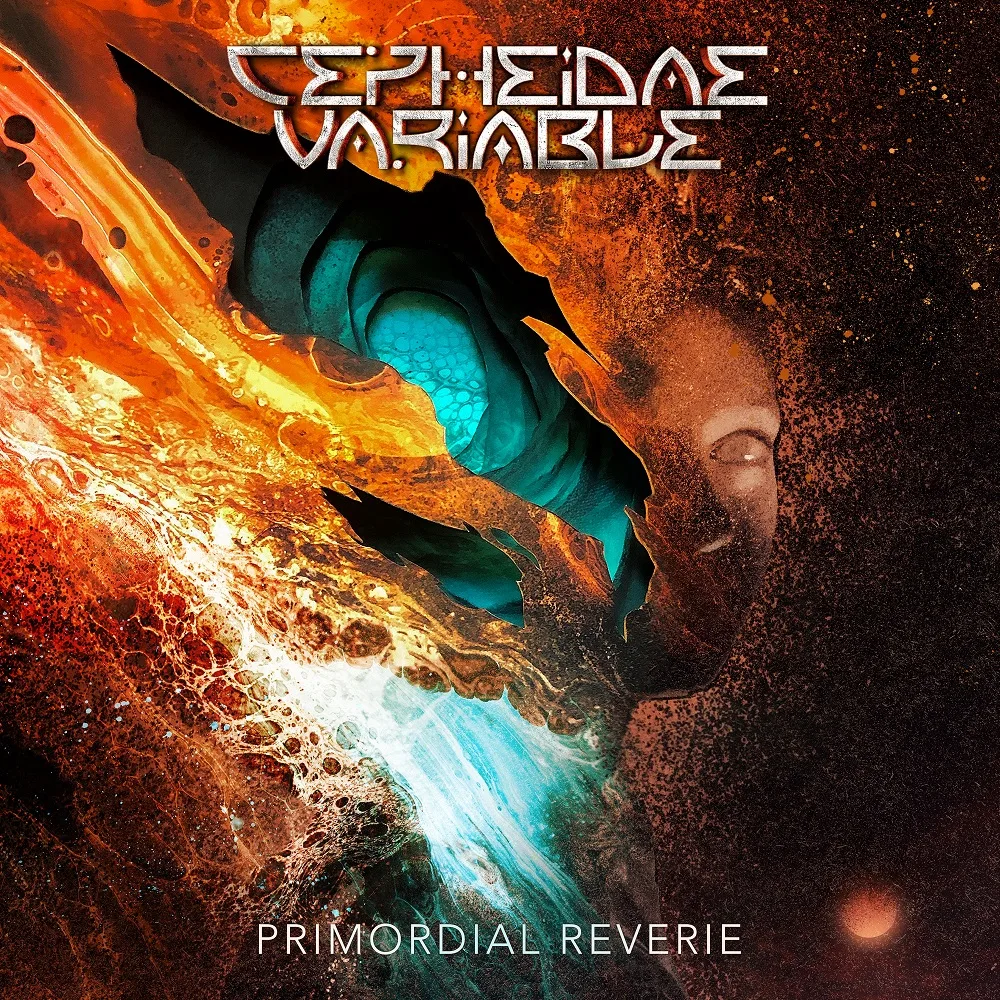
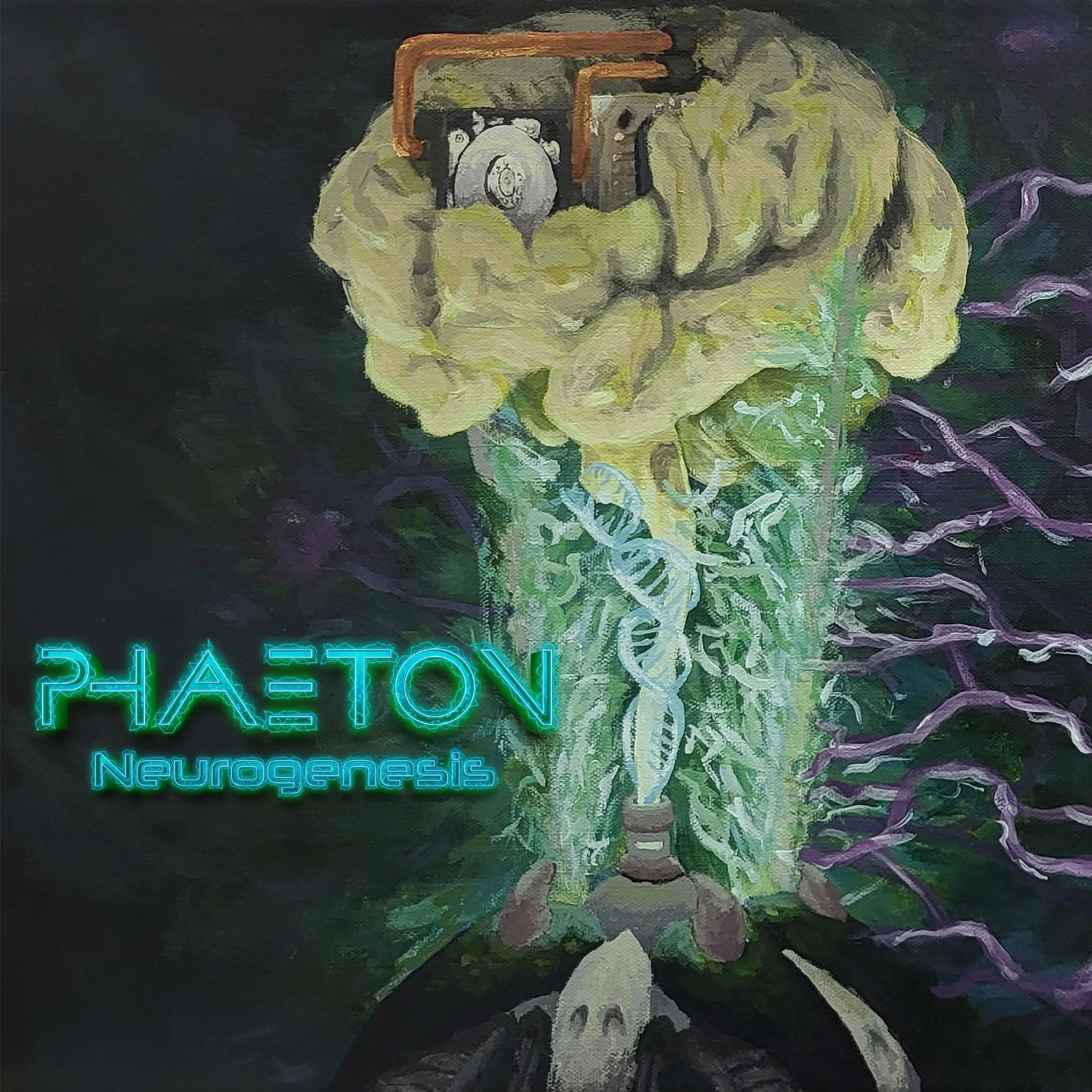
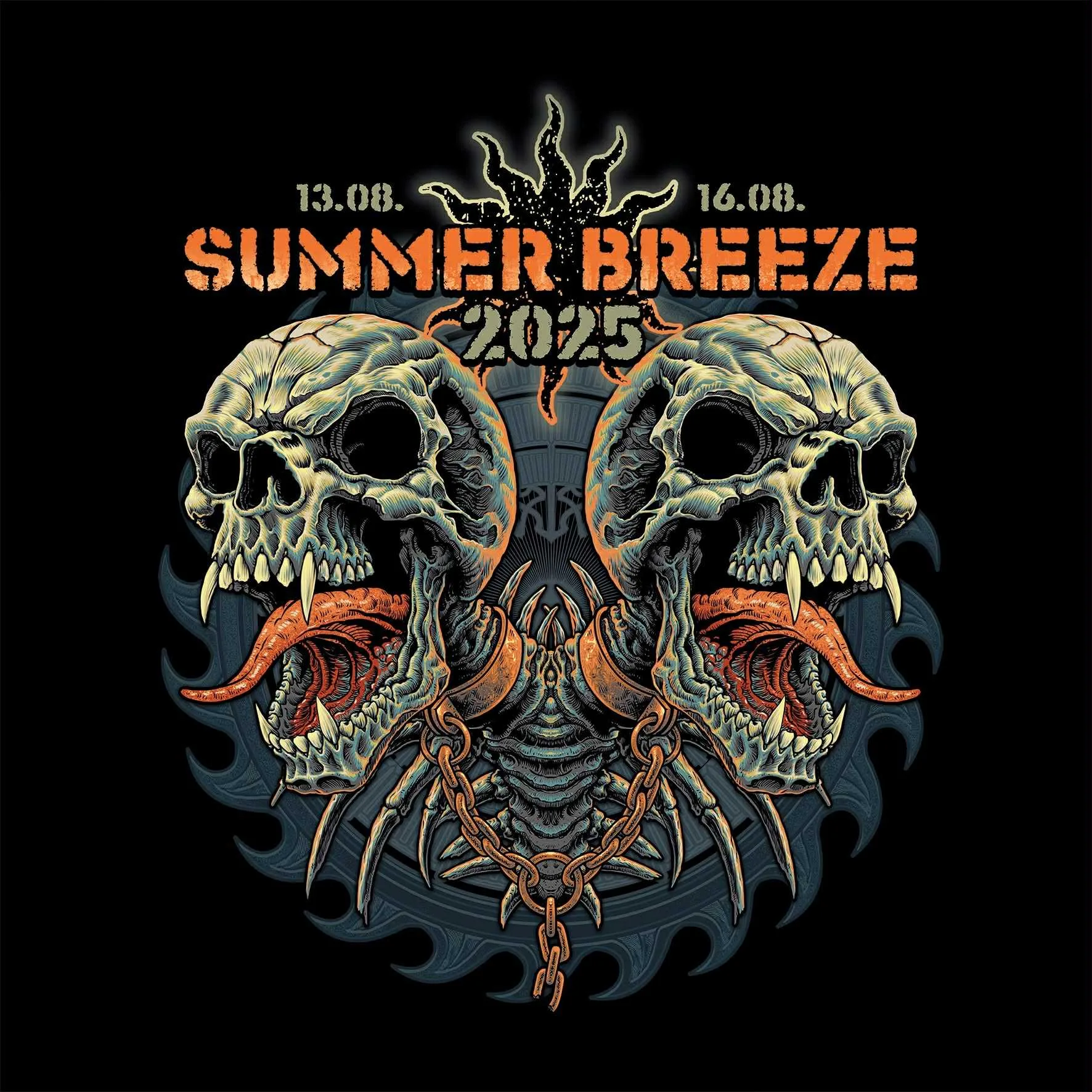



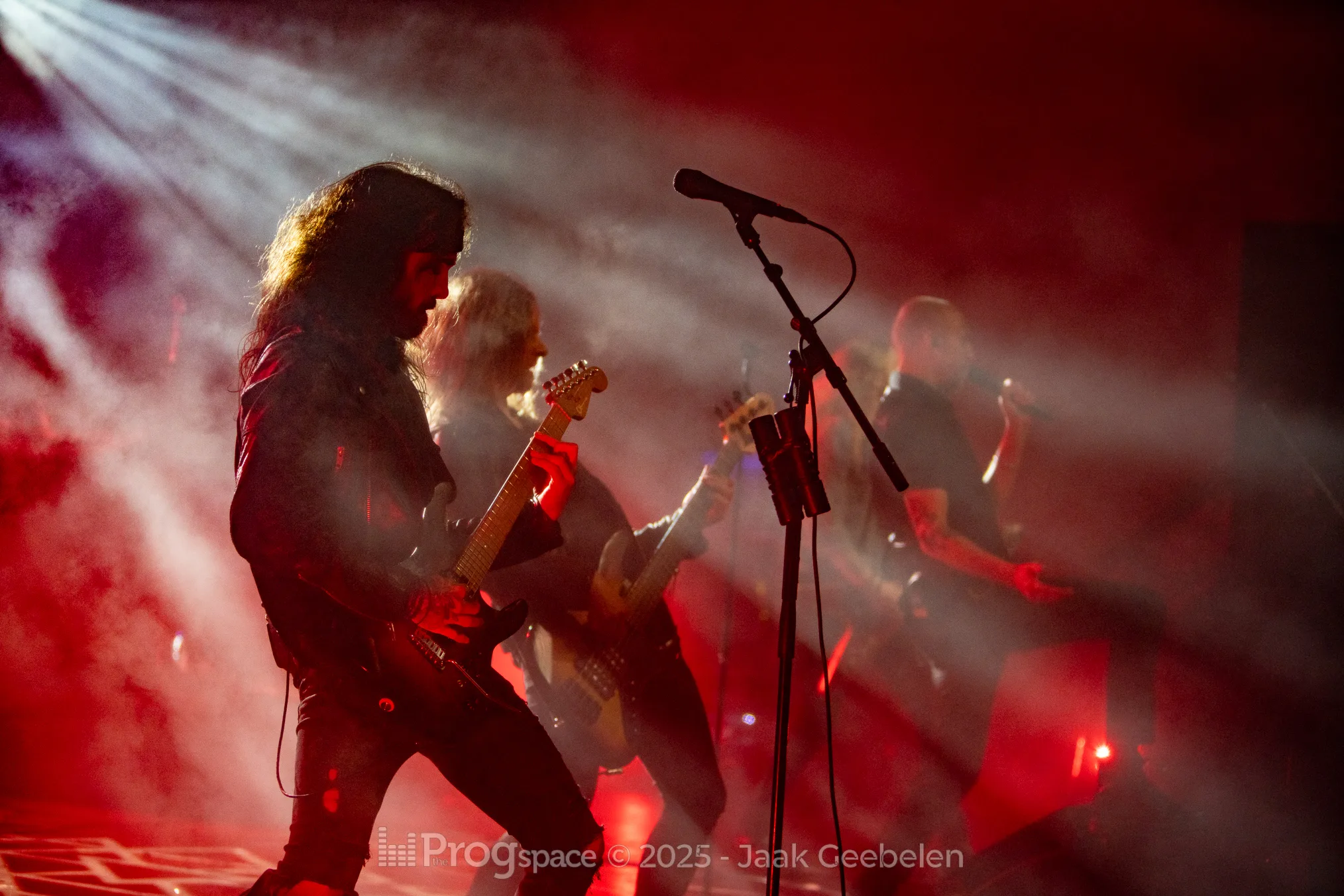
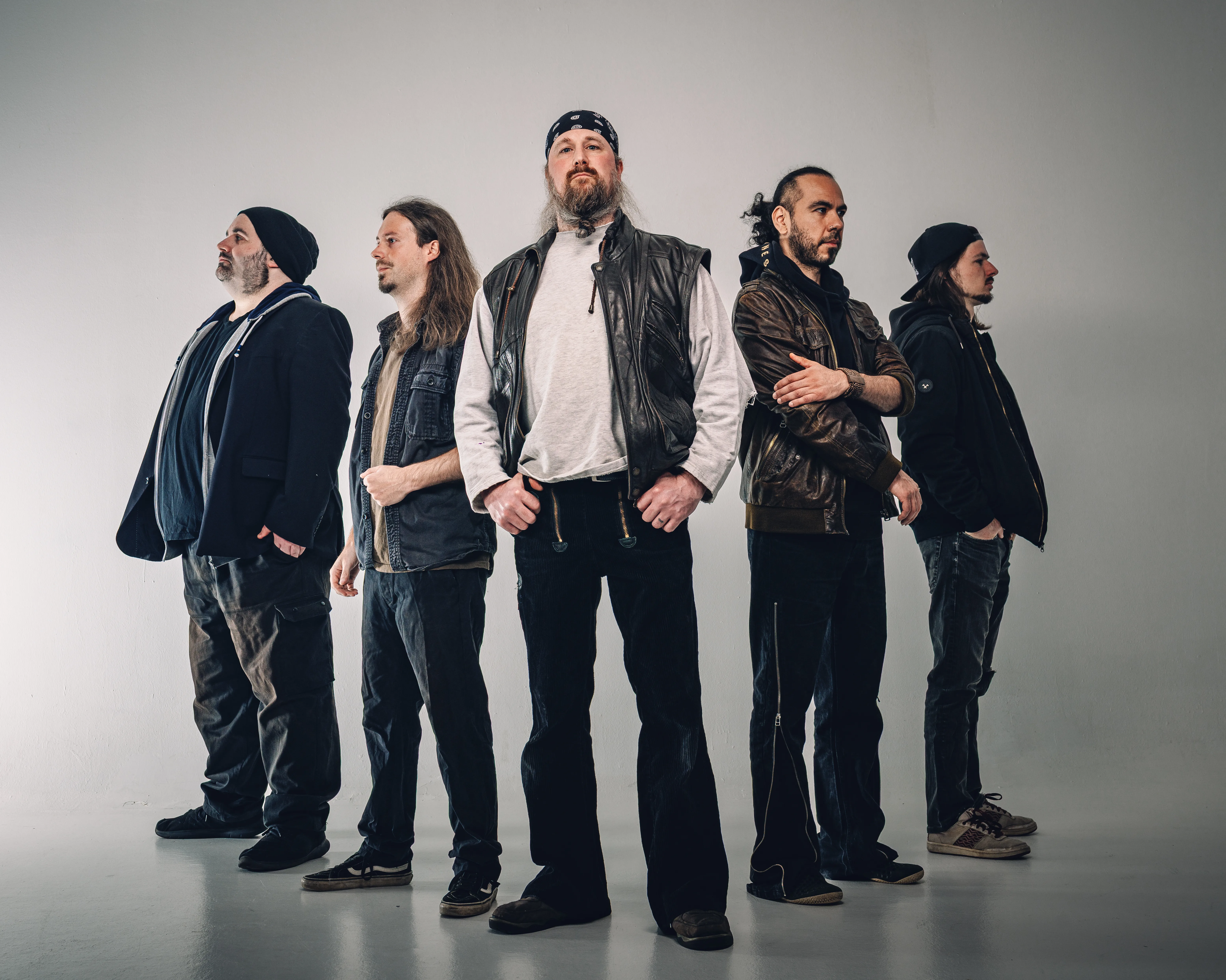
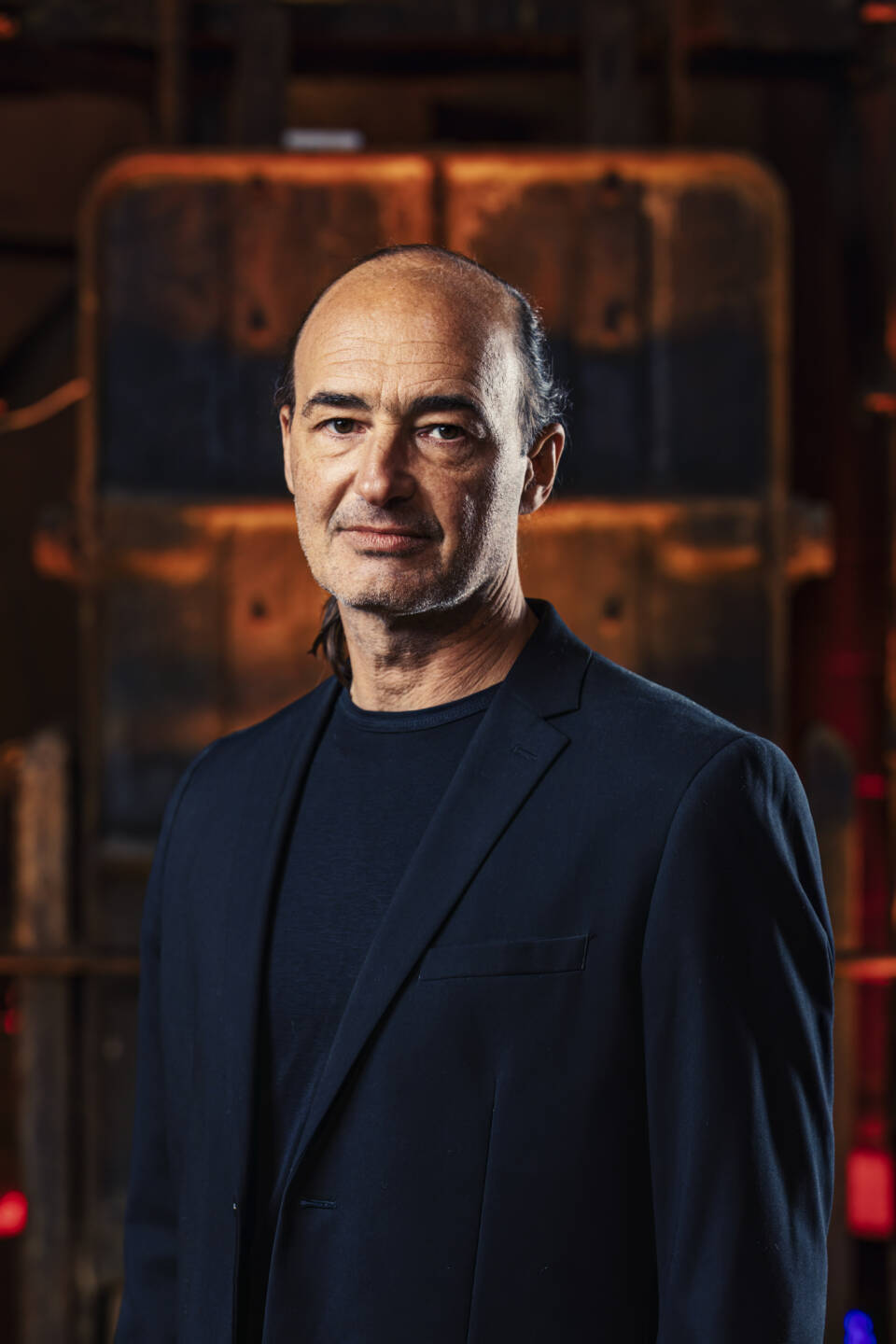

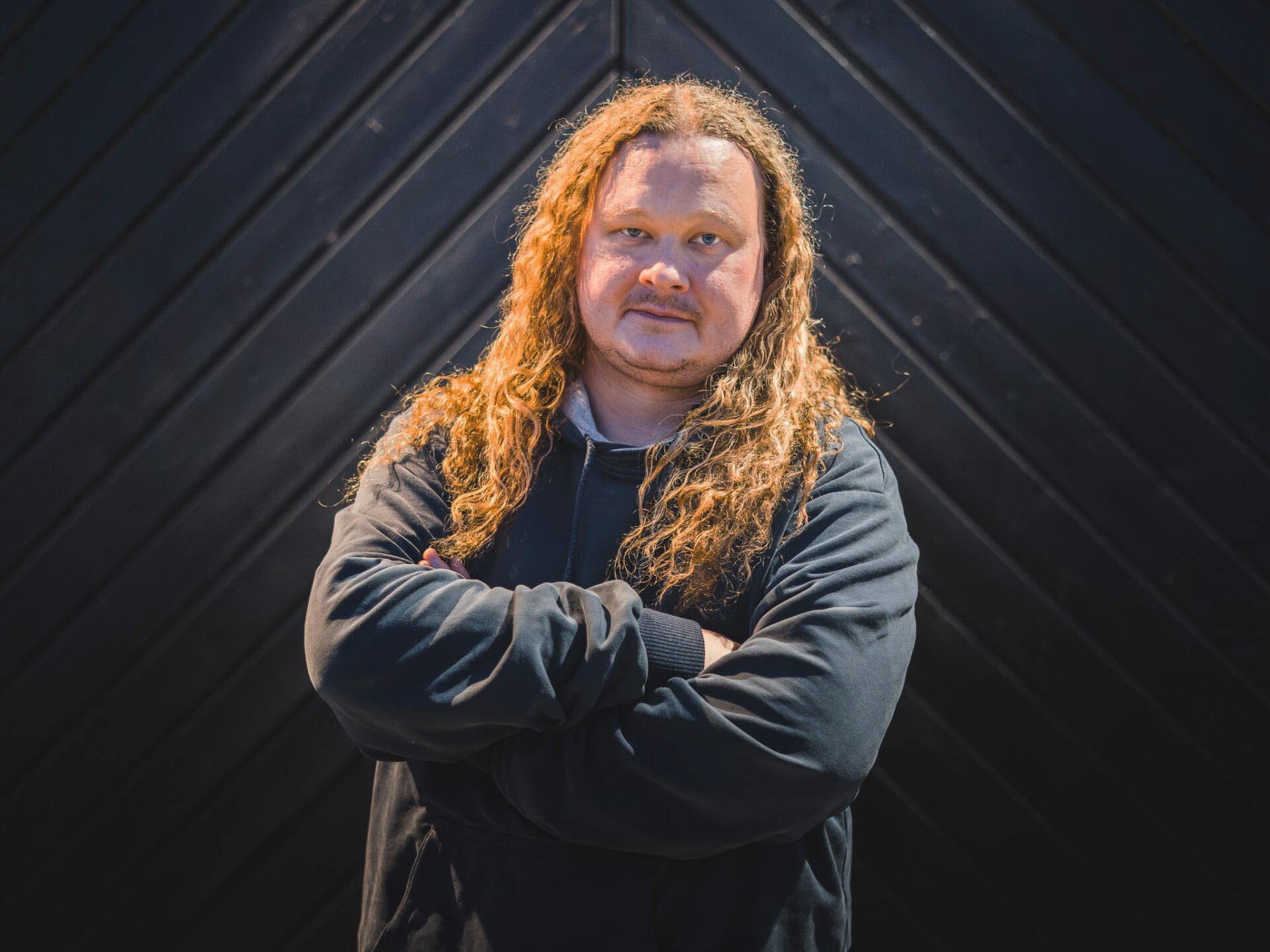
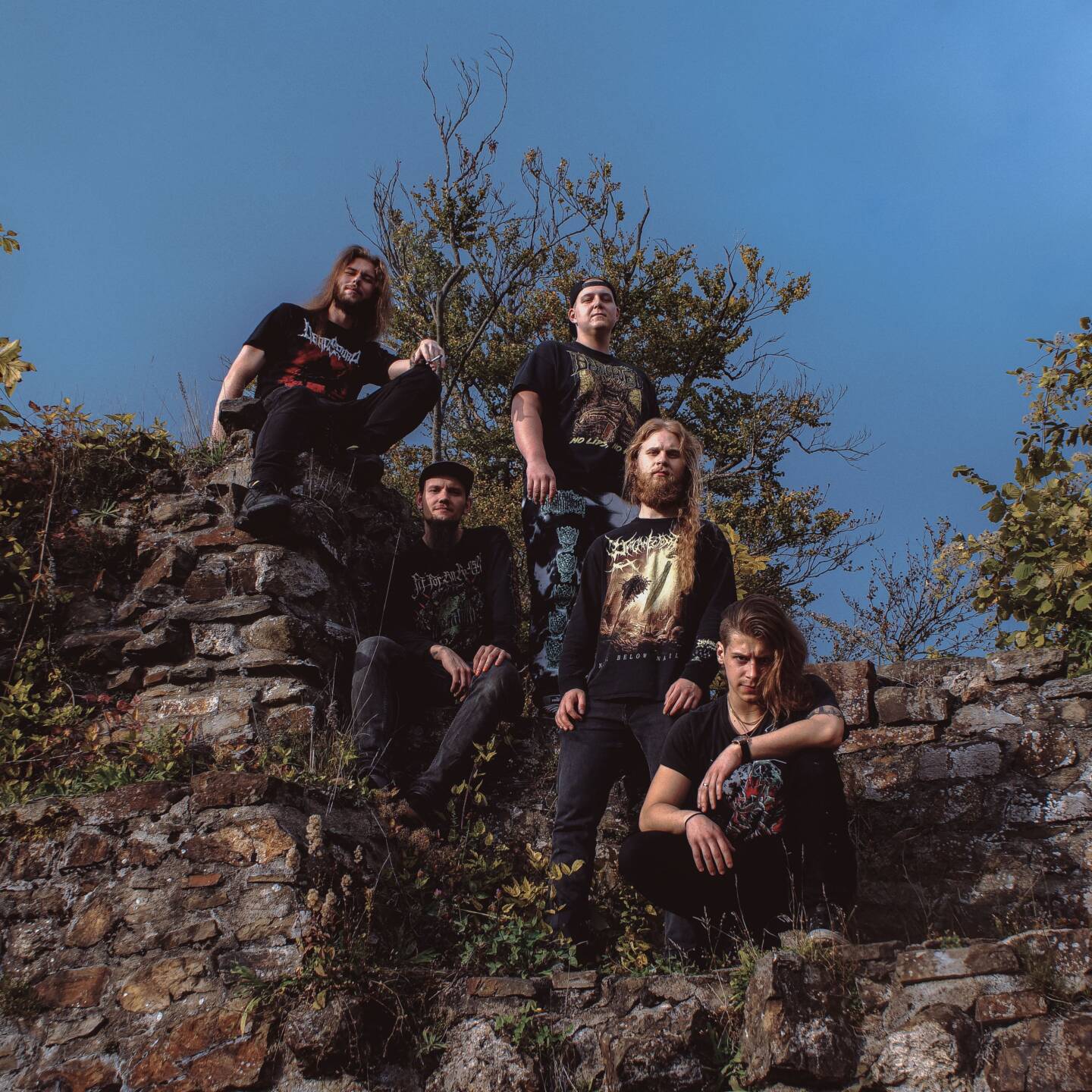
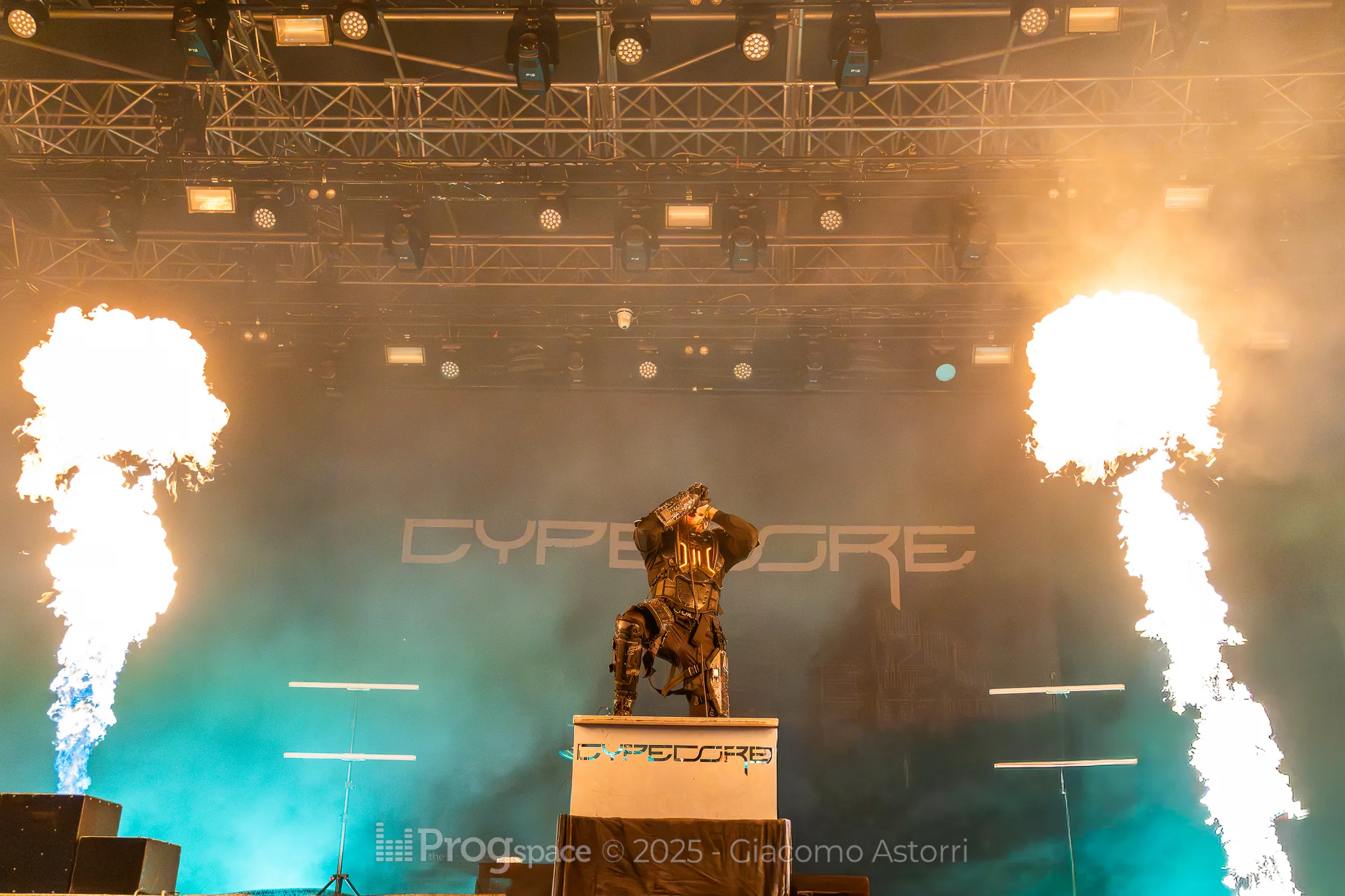
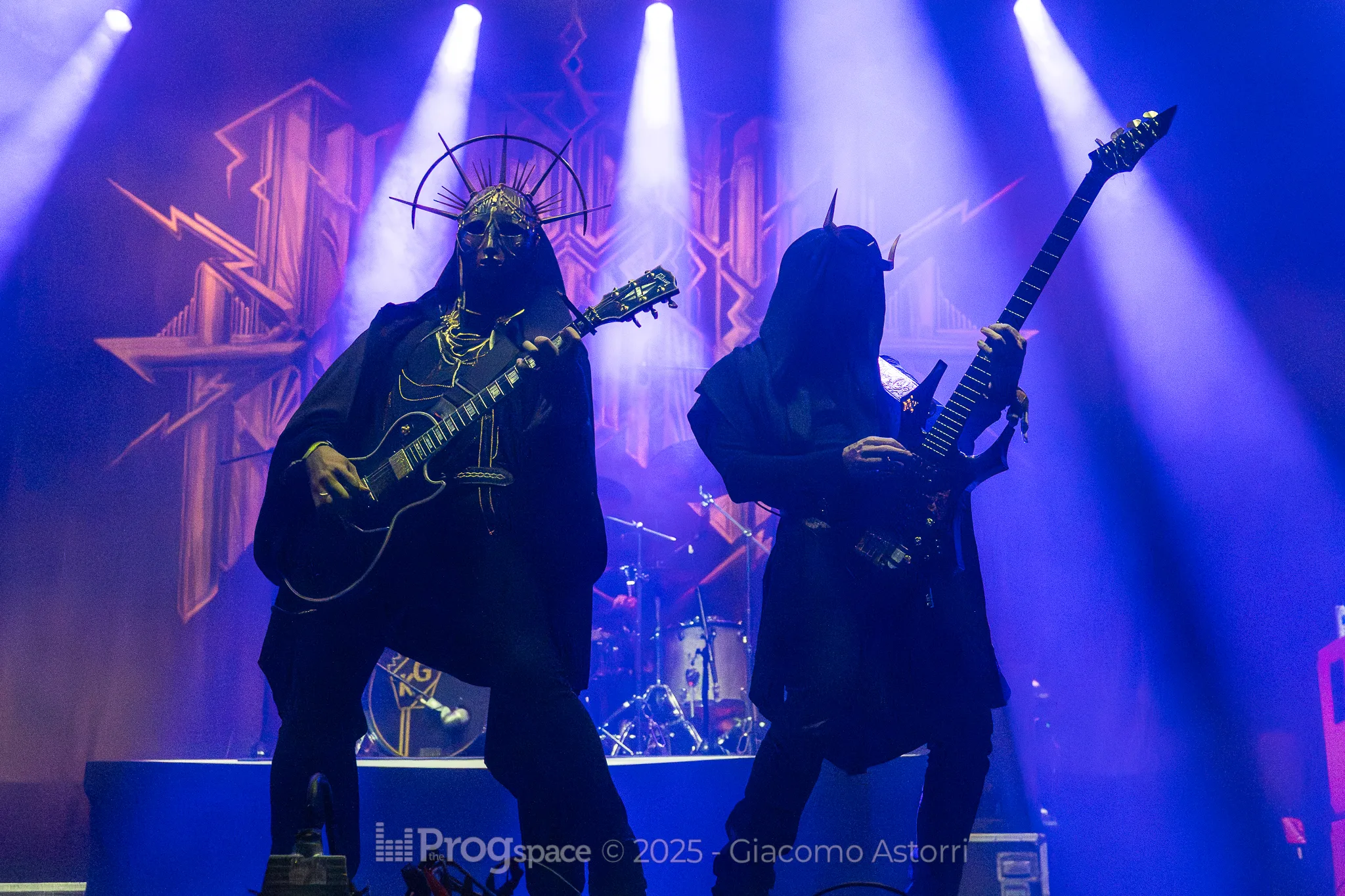
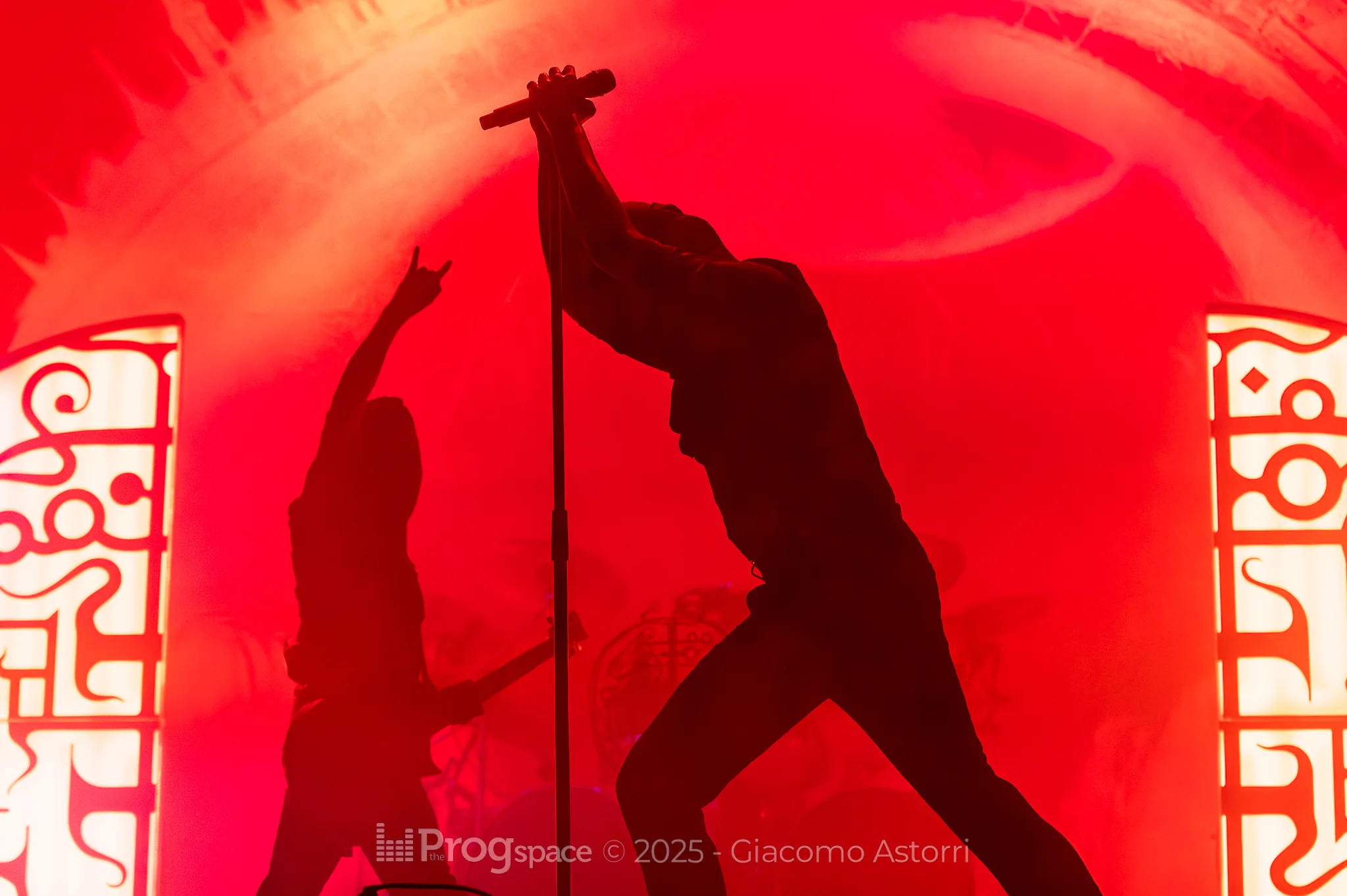
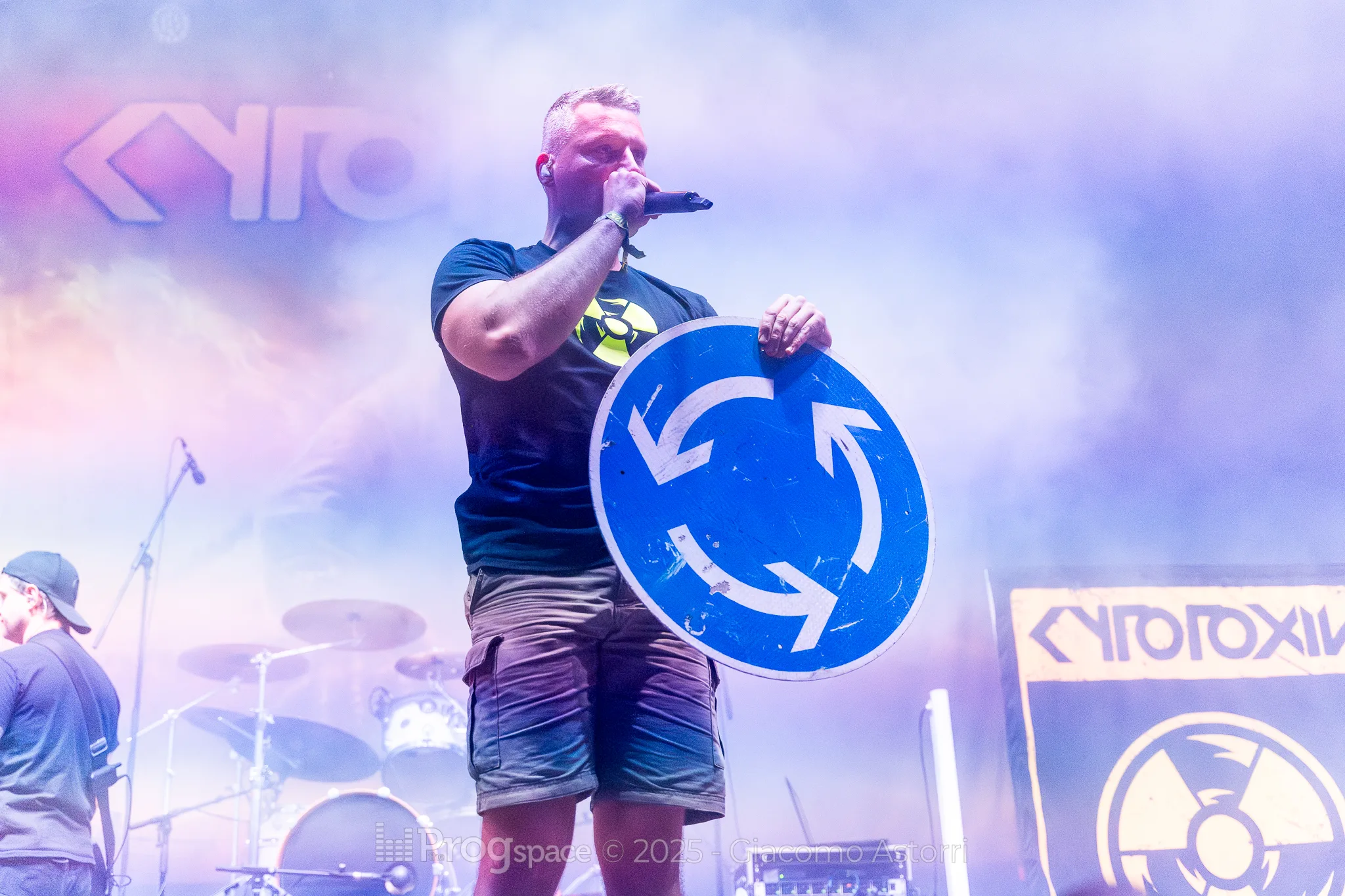
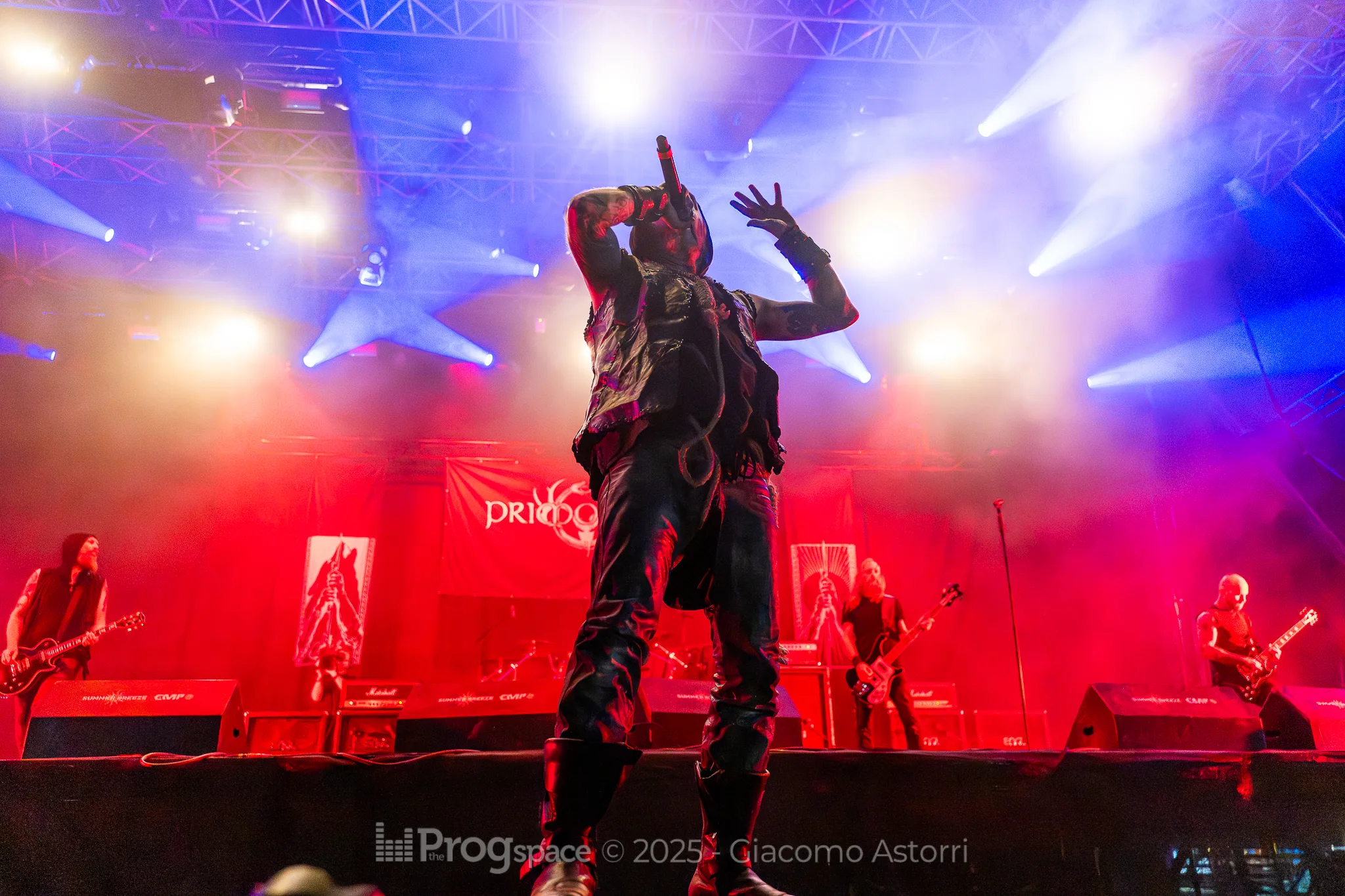
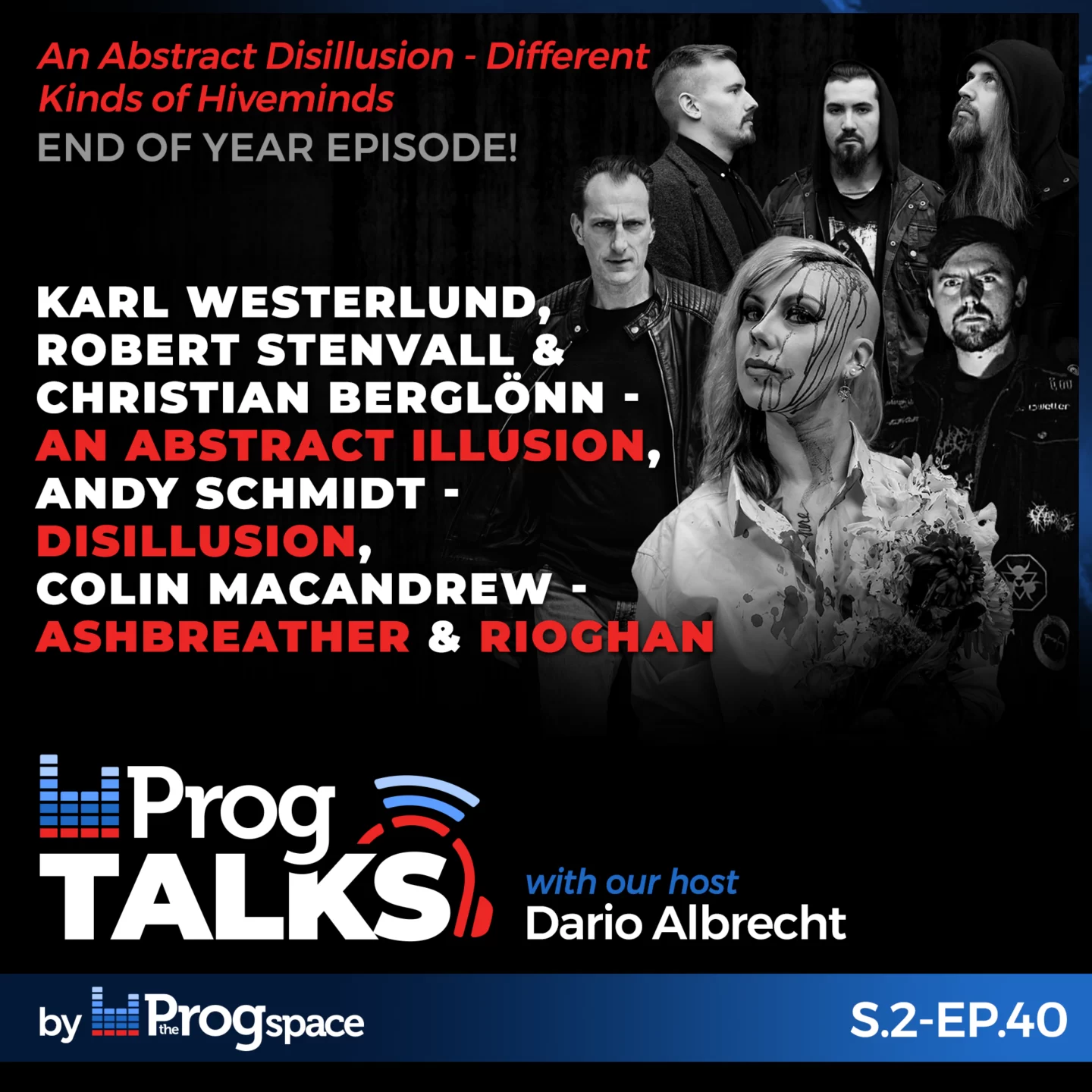
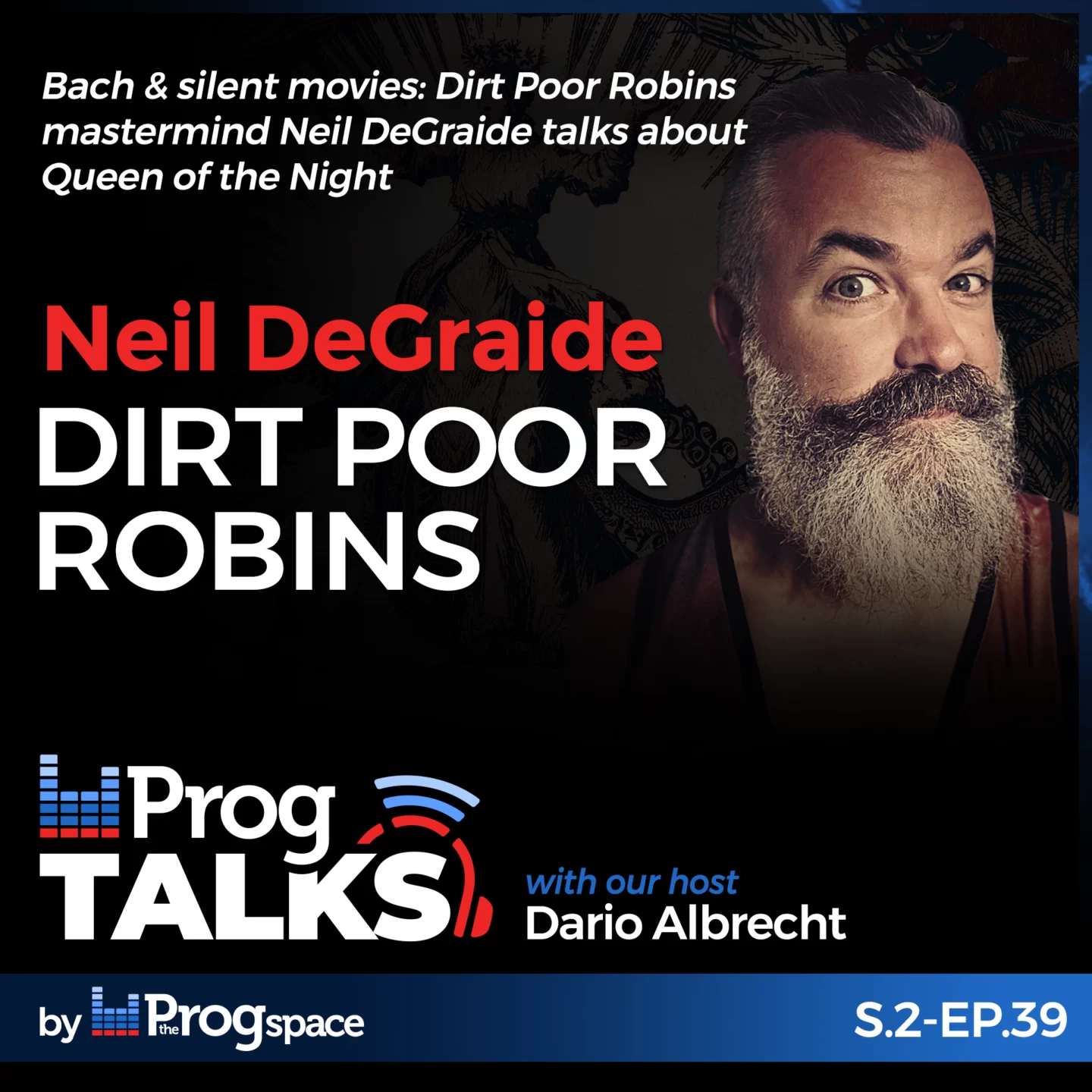
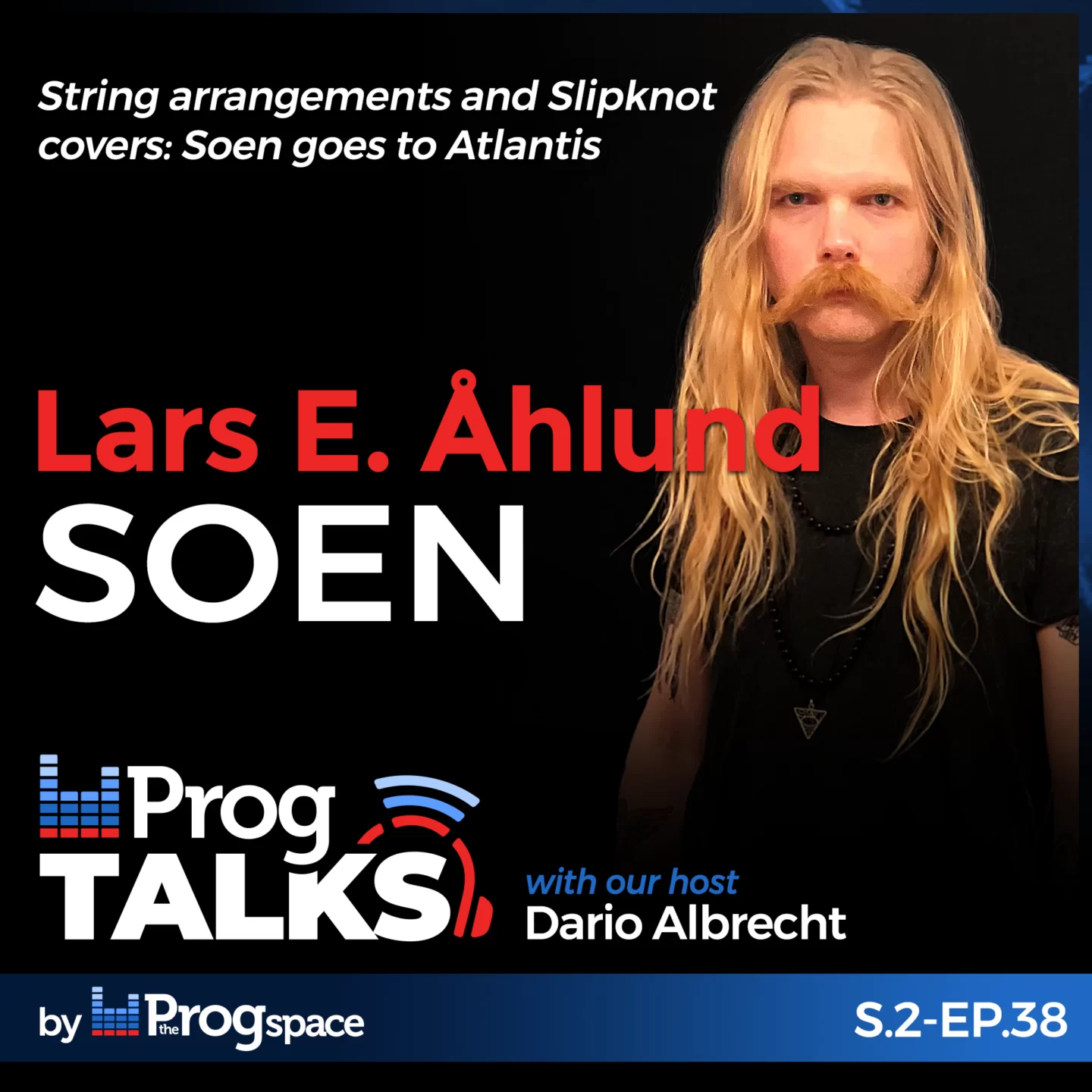
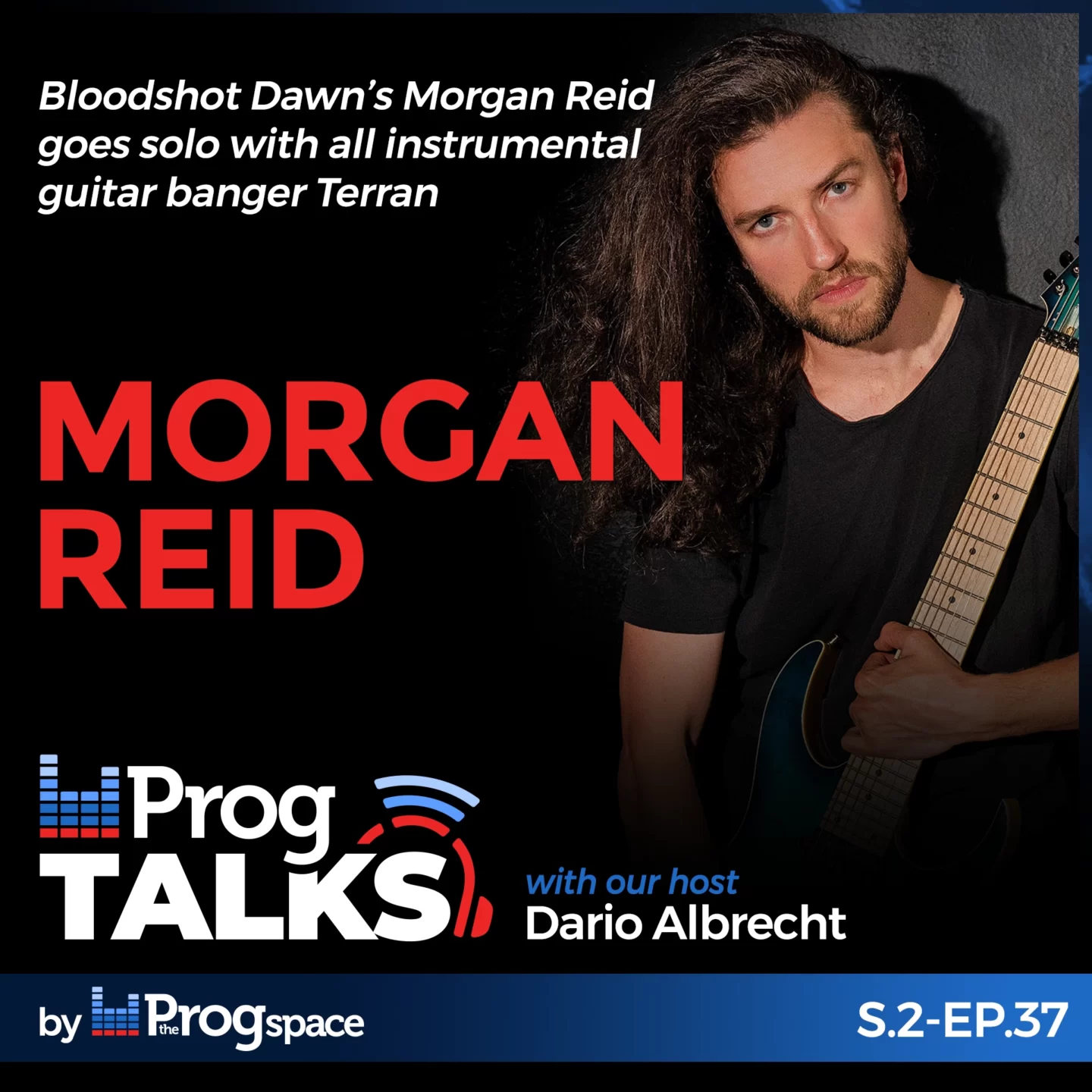
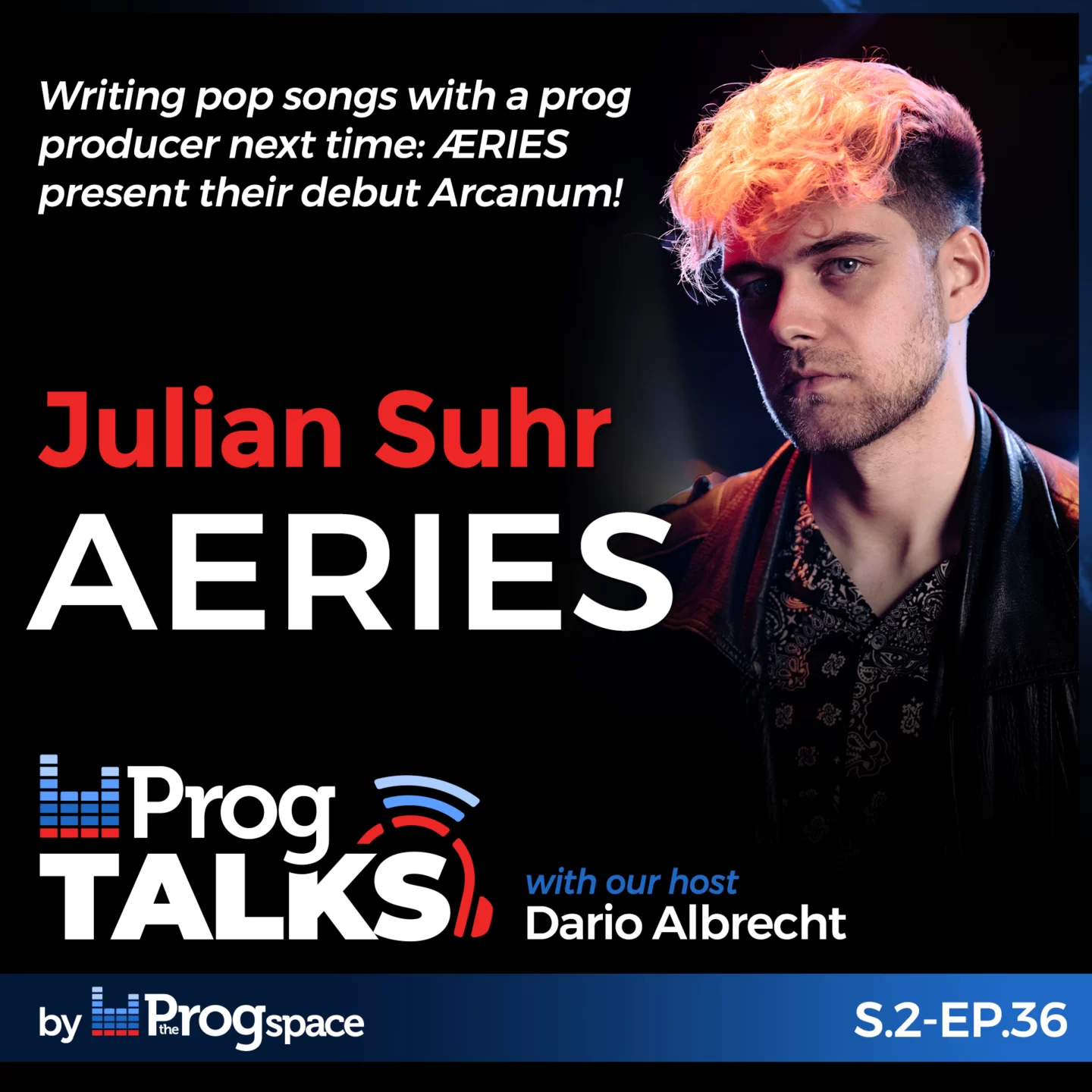
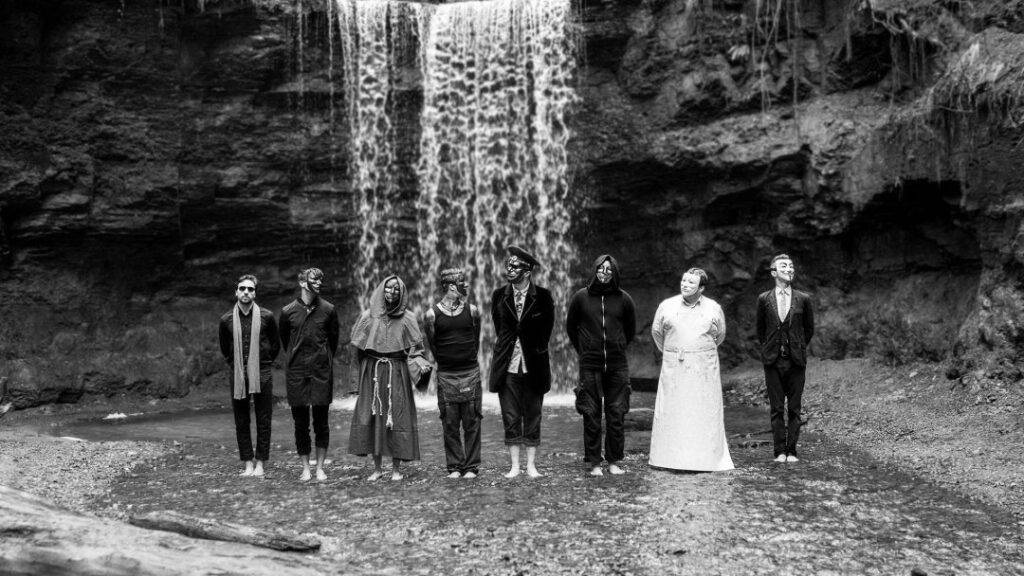

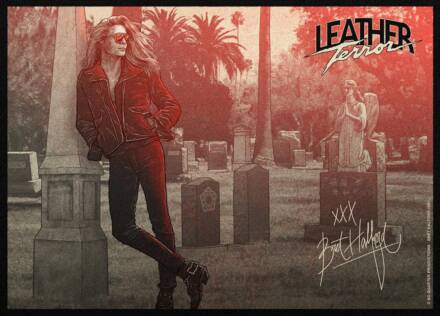
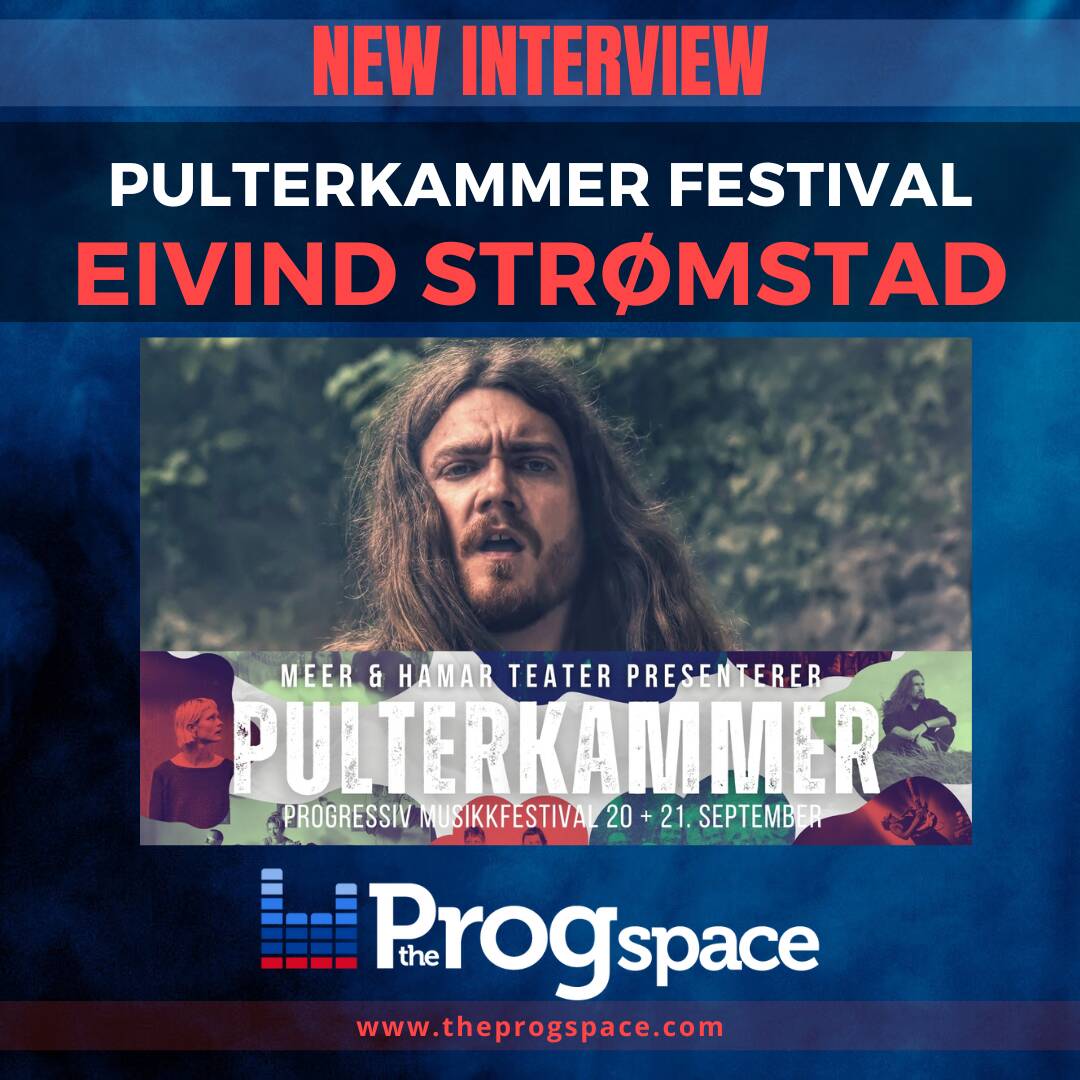


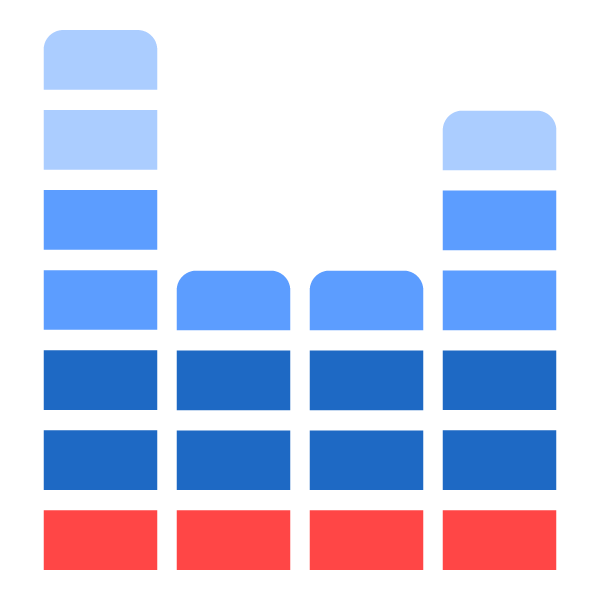 We’re a group of Prog-lovers who started a journey to share with you our thoughts about albums, concerts, tours and festivals, the photo galleries of the Prog concerts we visit, as well interviews with upcoming or established musicians or prog-related people. Follow our Facebook page for frequent updates and news around the Progniverse.
We’re a group of Prog-lovers who started a journey to share with you our thoughts about albums, concerts, tours and festivals, the photo galleries of the Prog concerts we visit, as well interviews with upcoming or established musicians or prog-related people. Follow our Facebook page for frequent updates and news around the Progniverse.